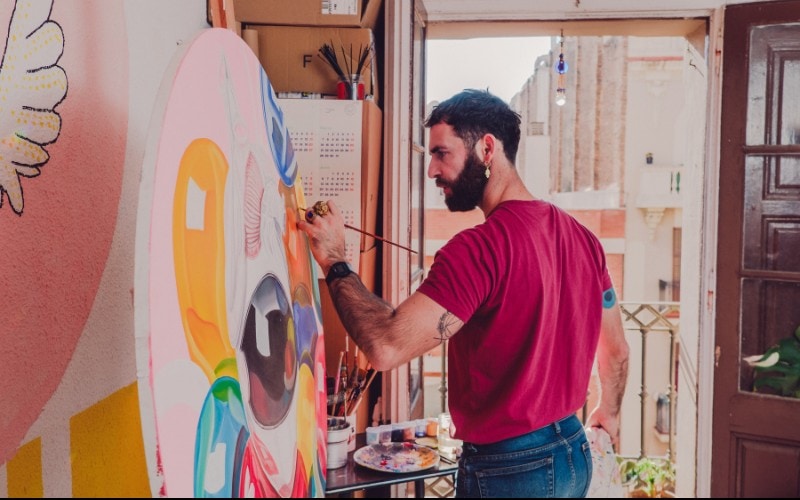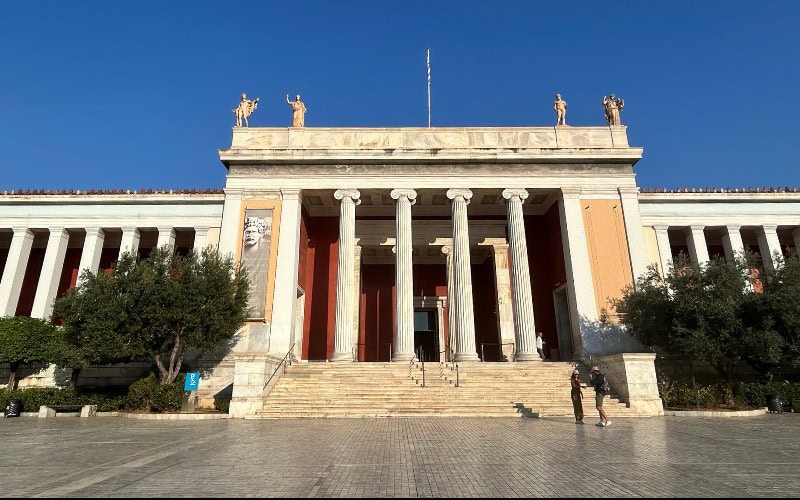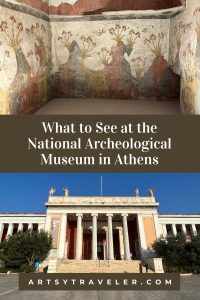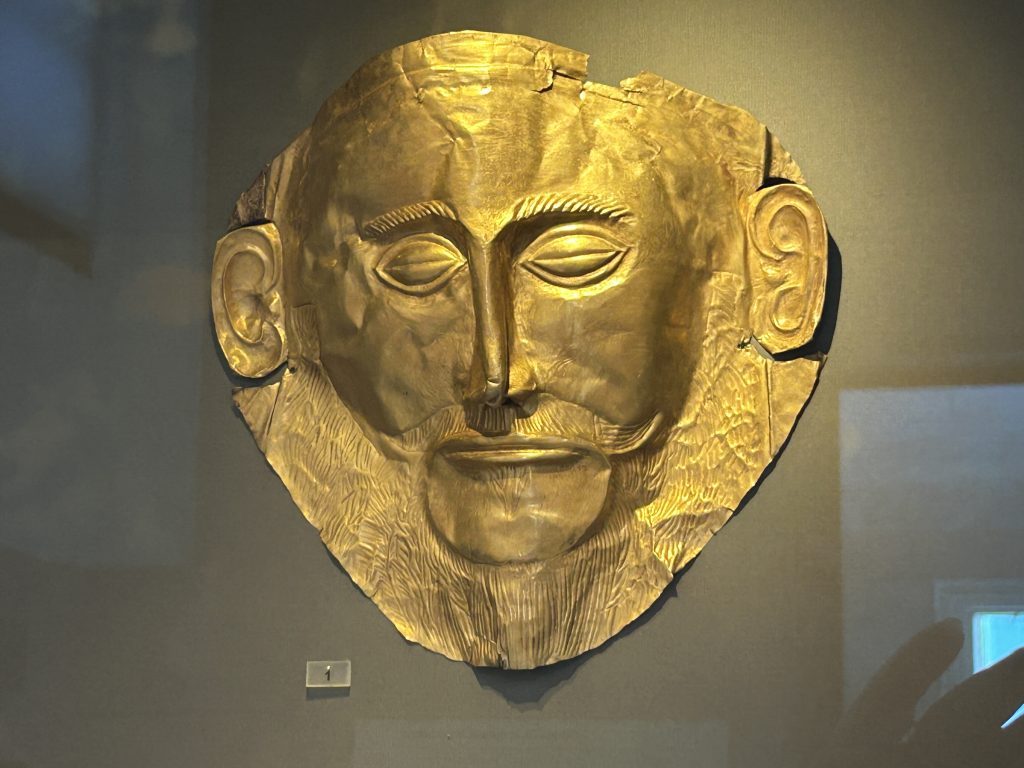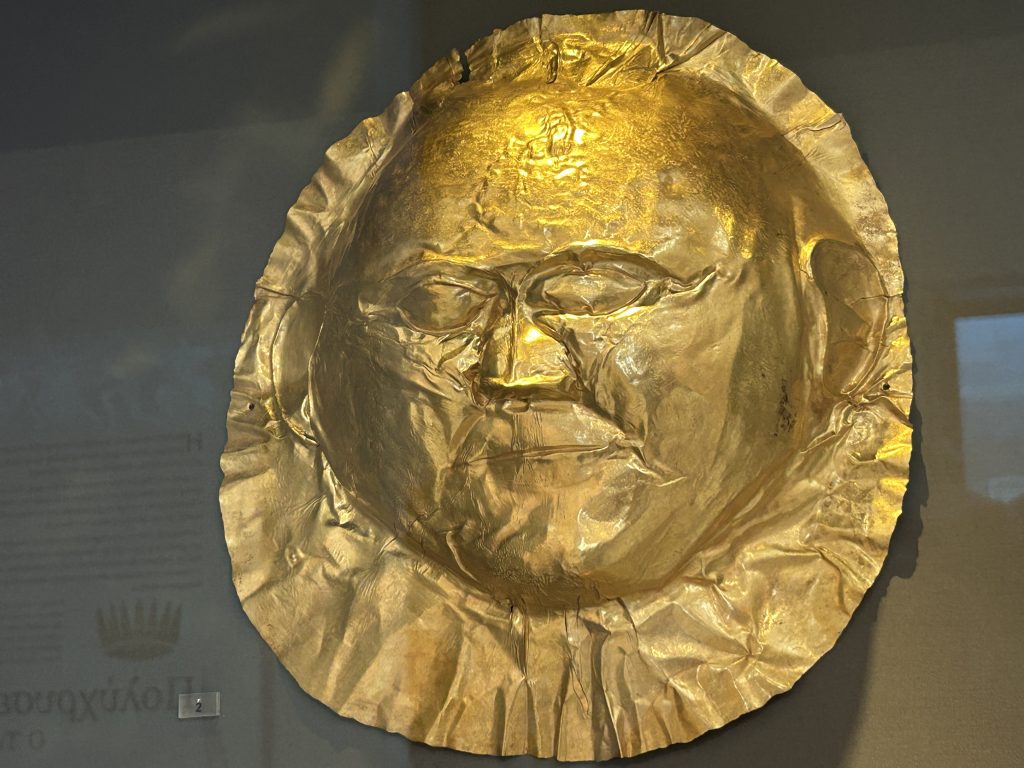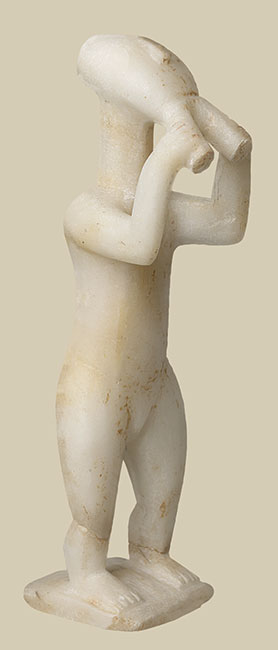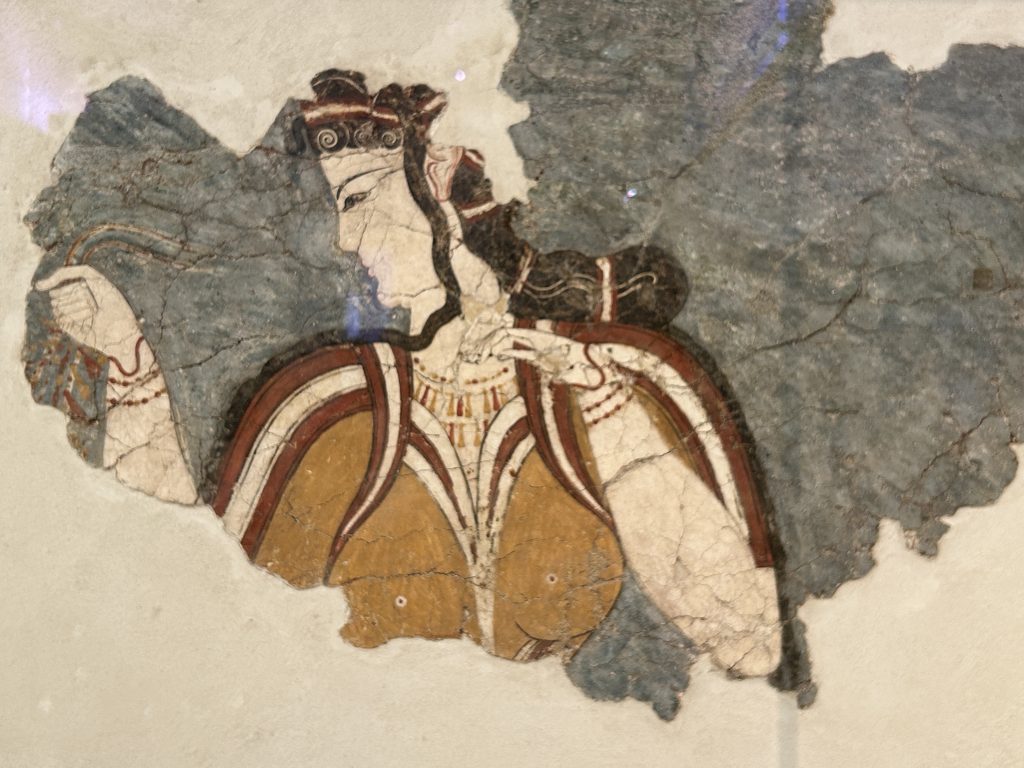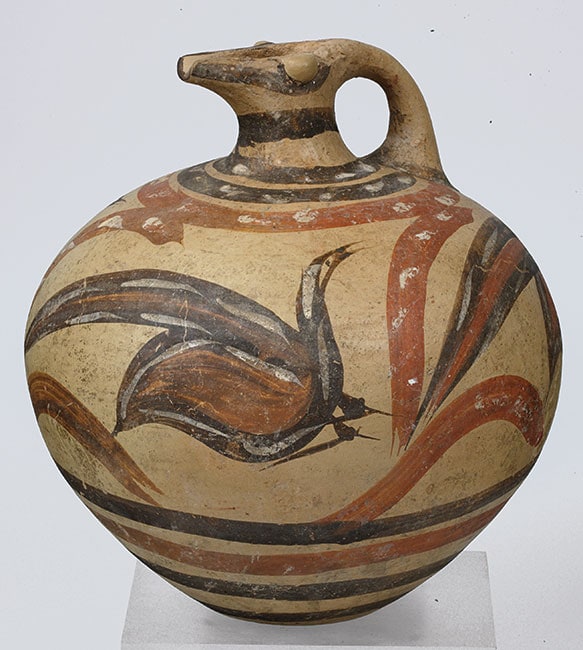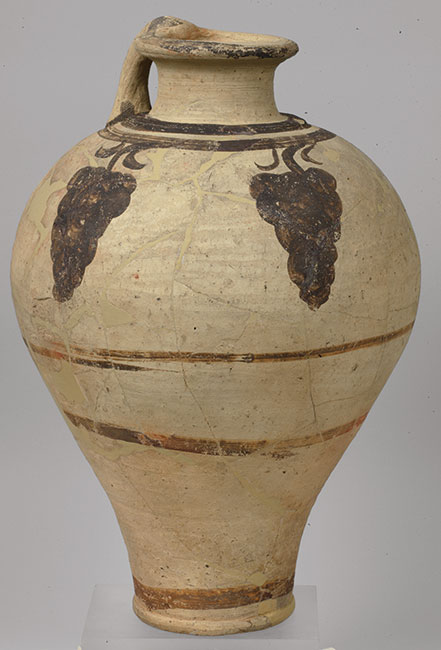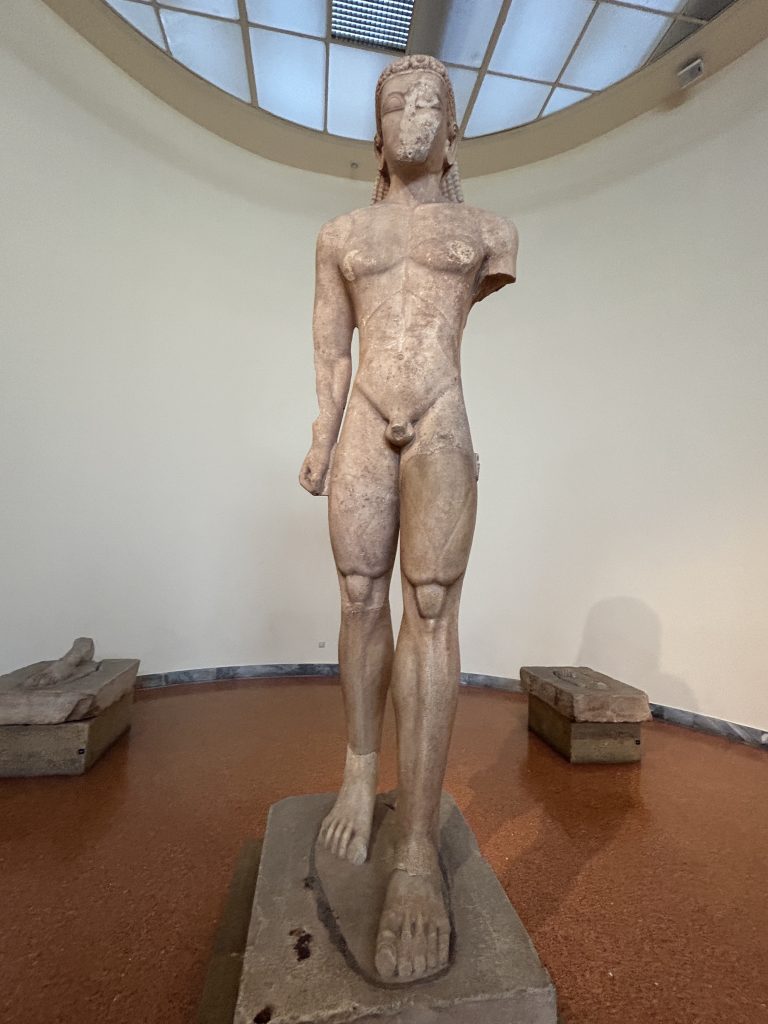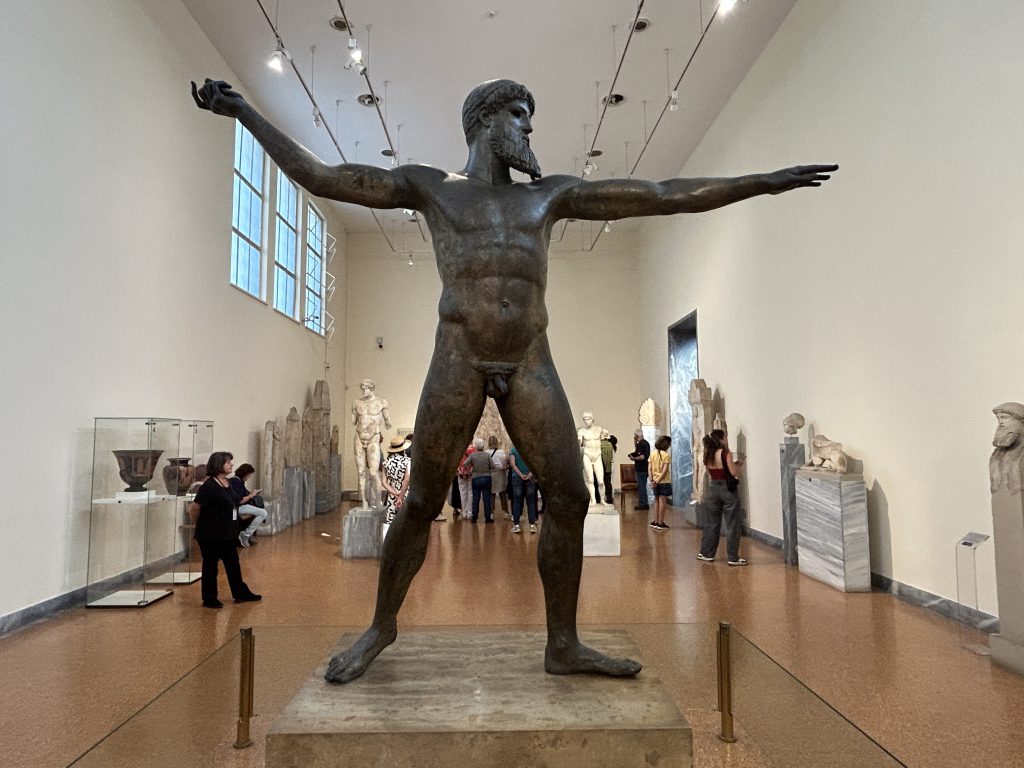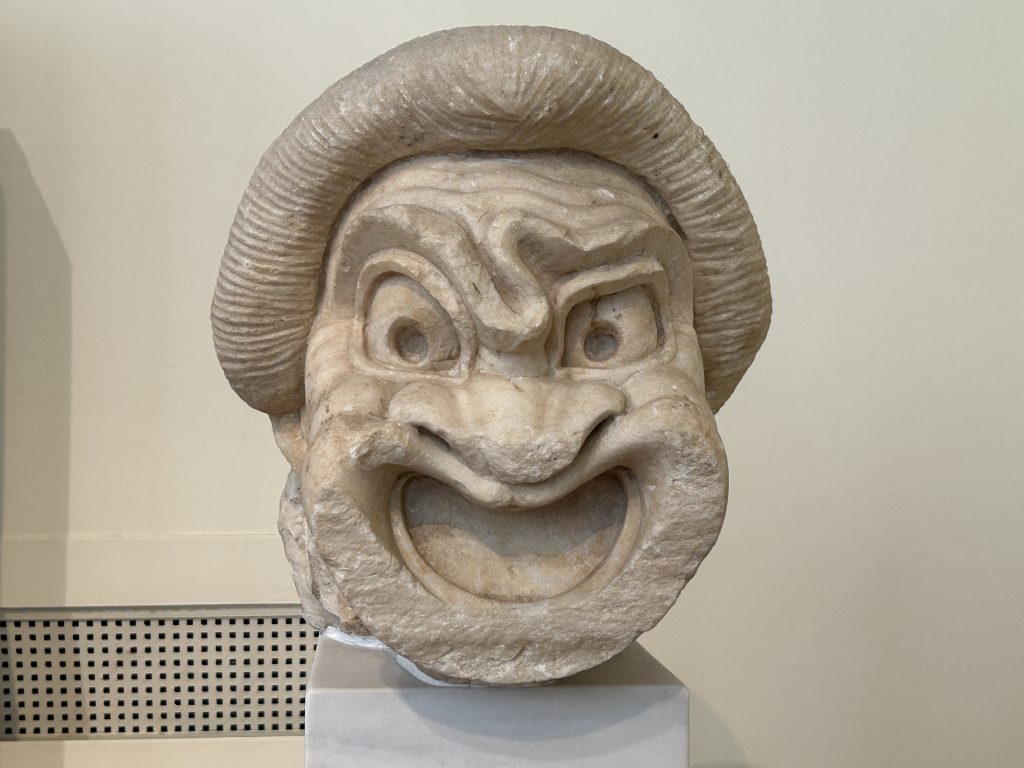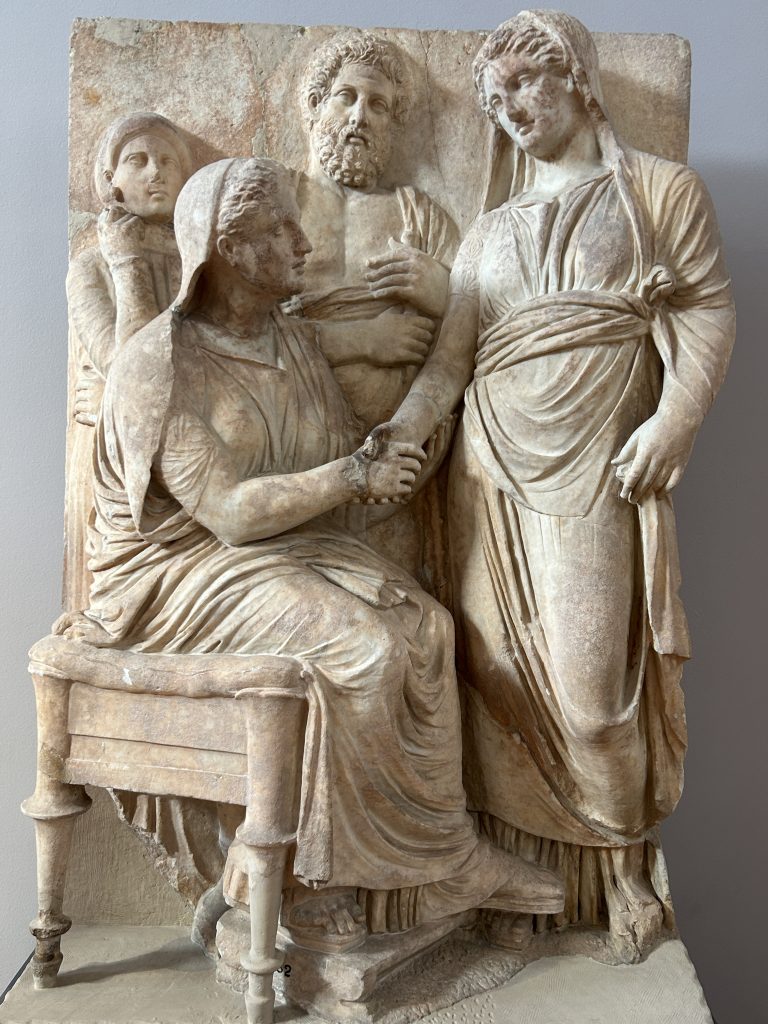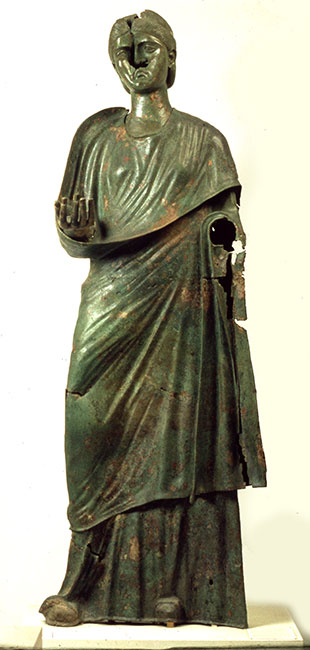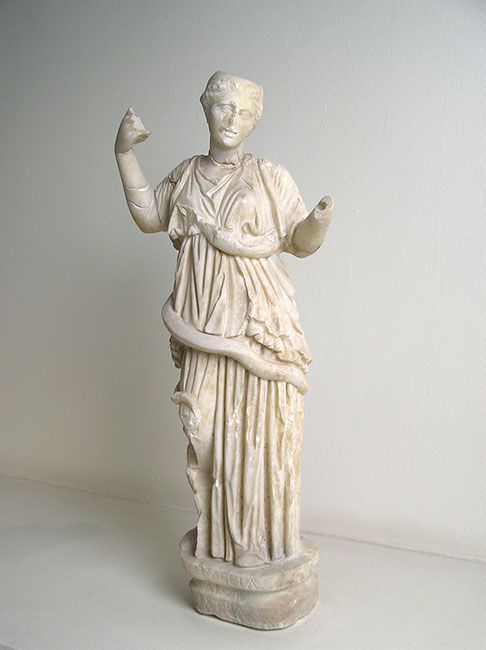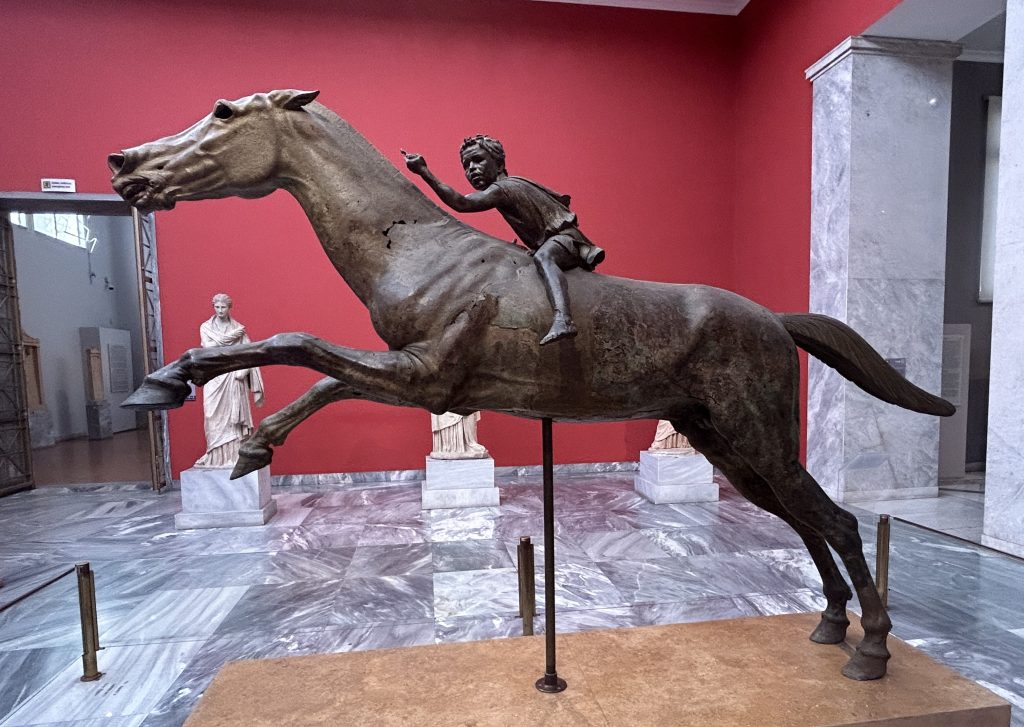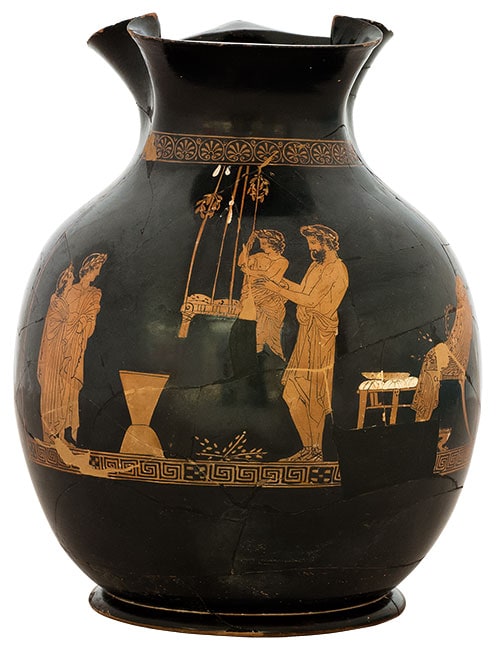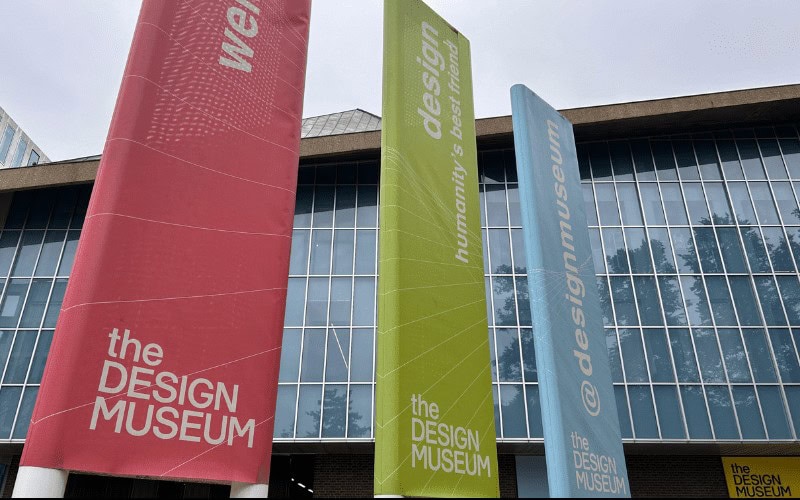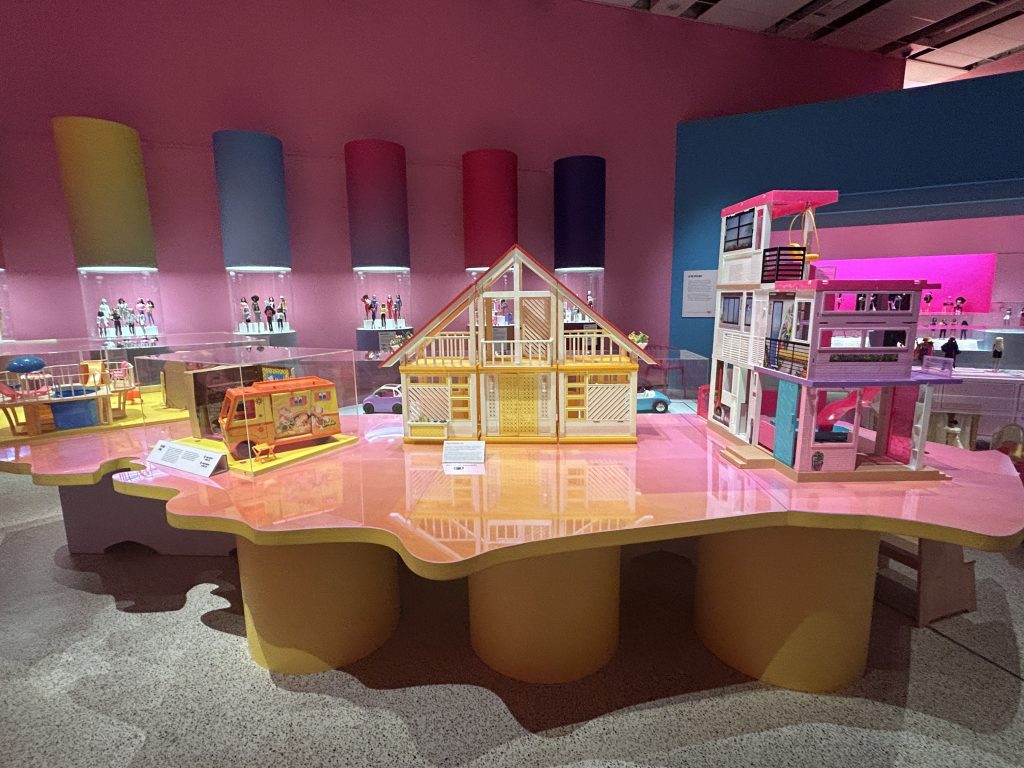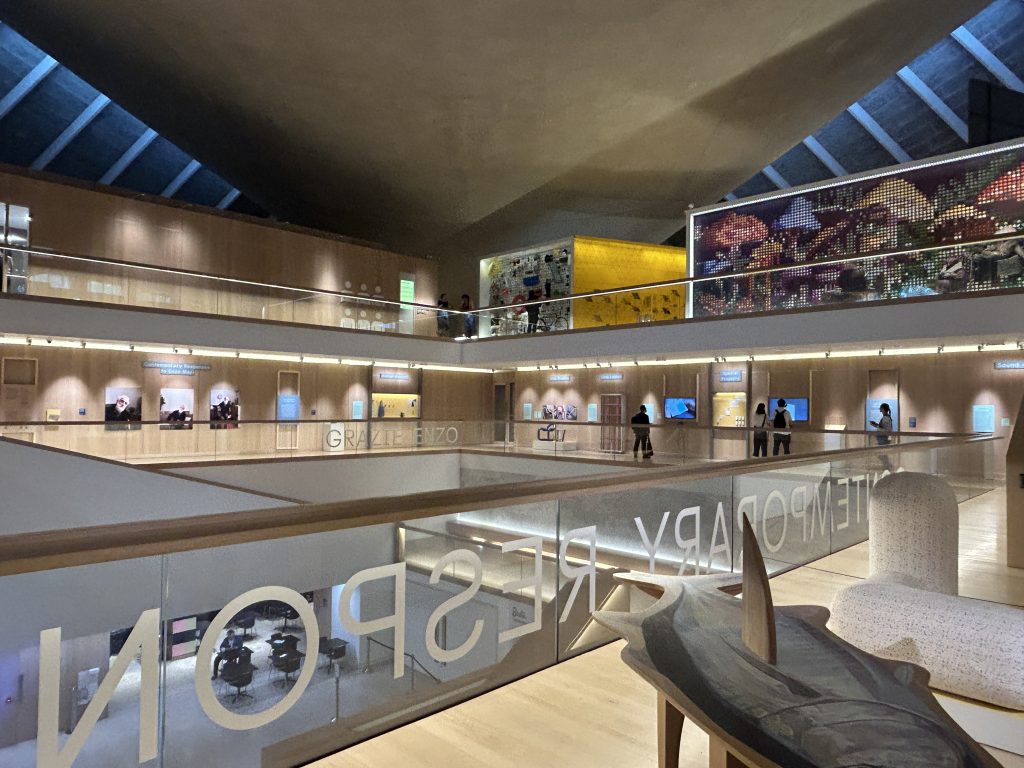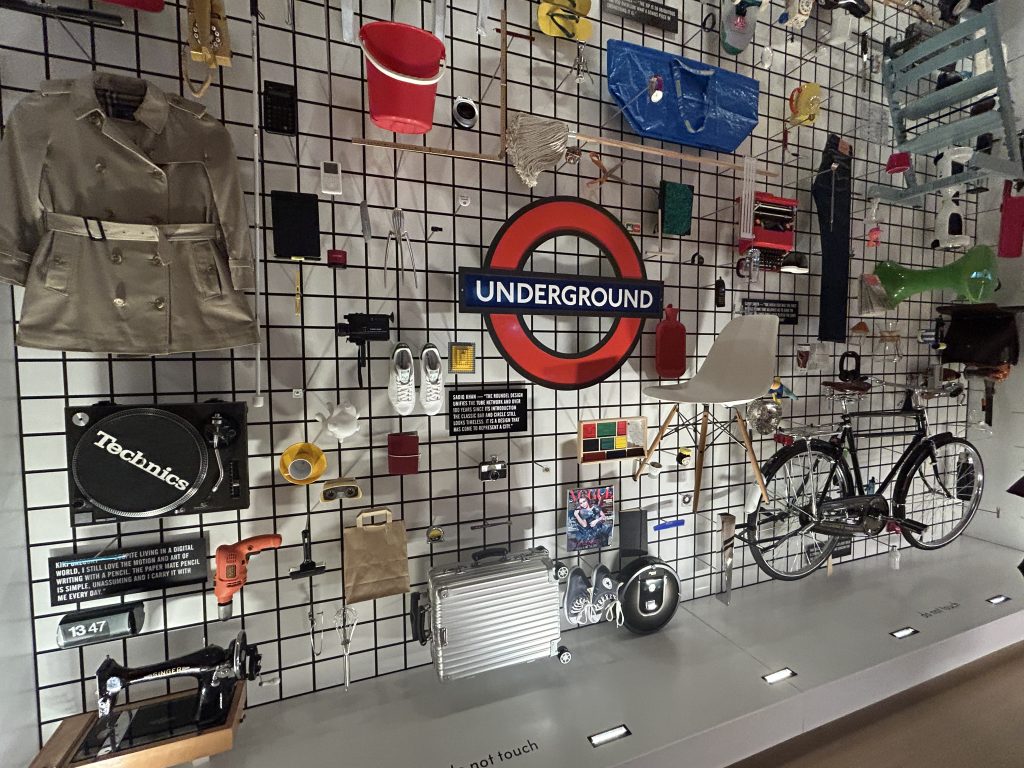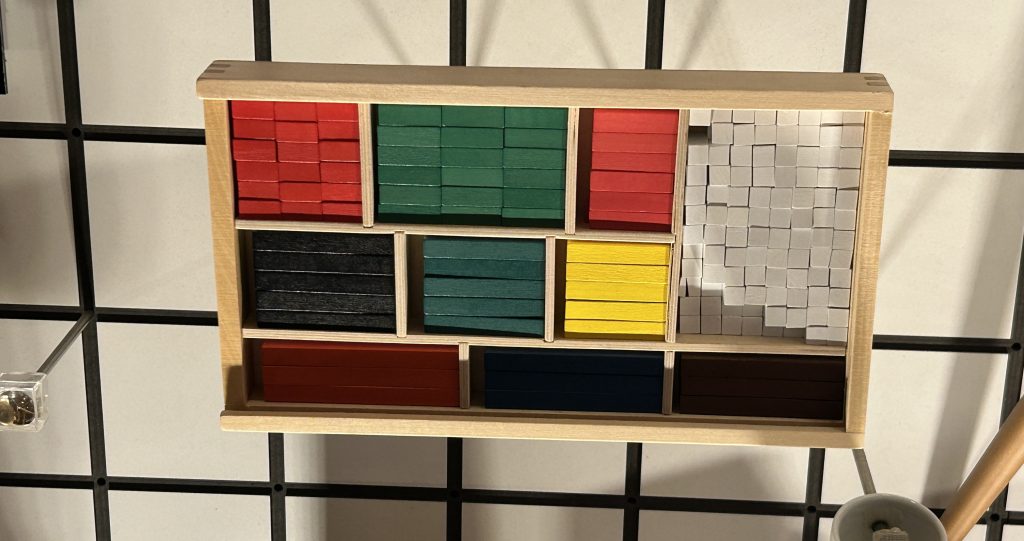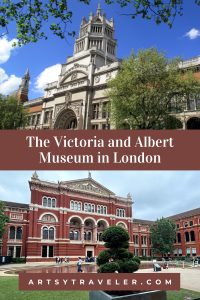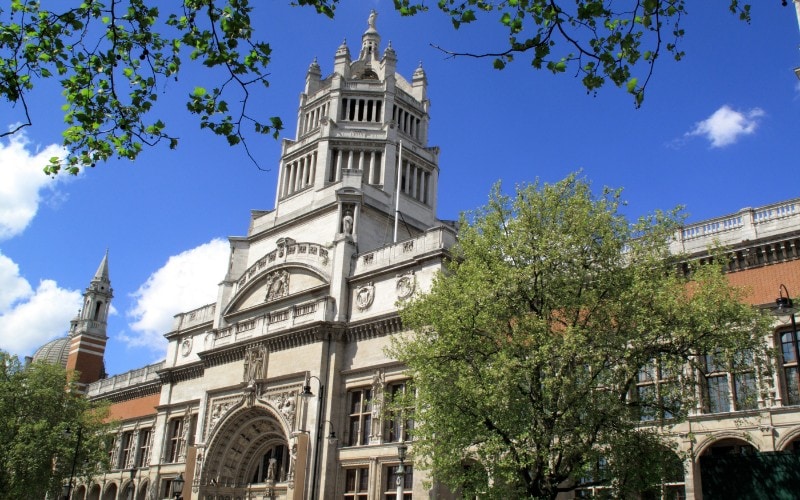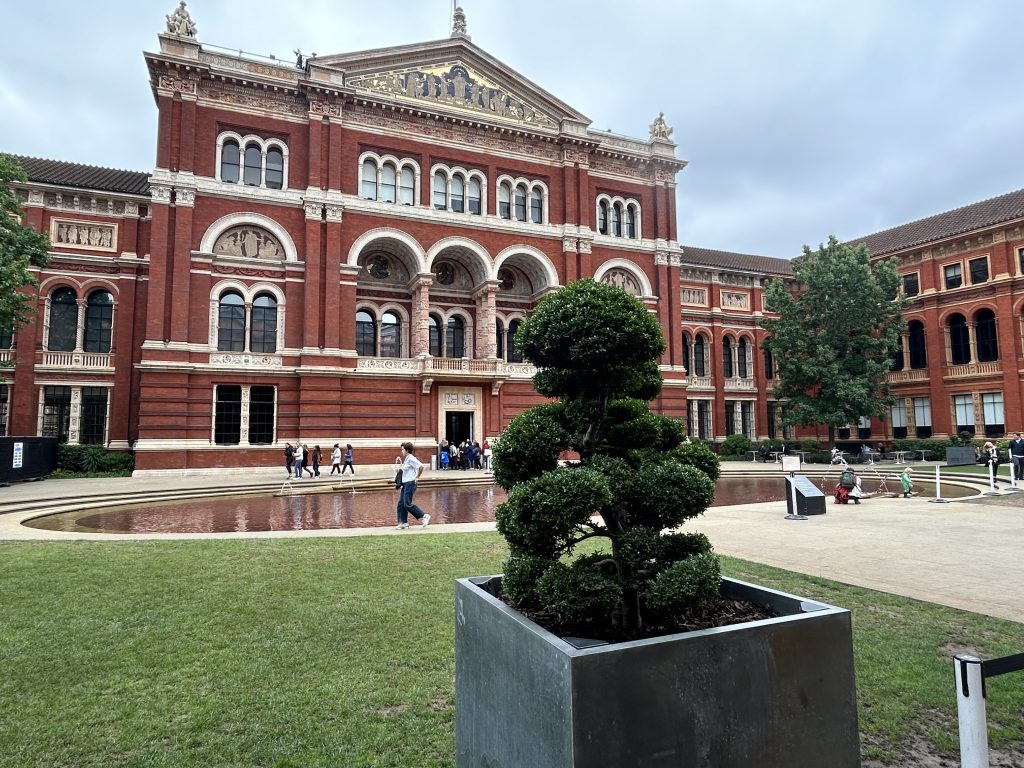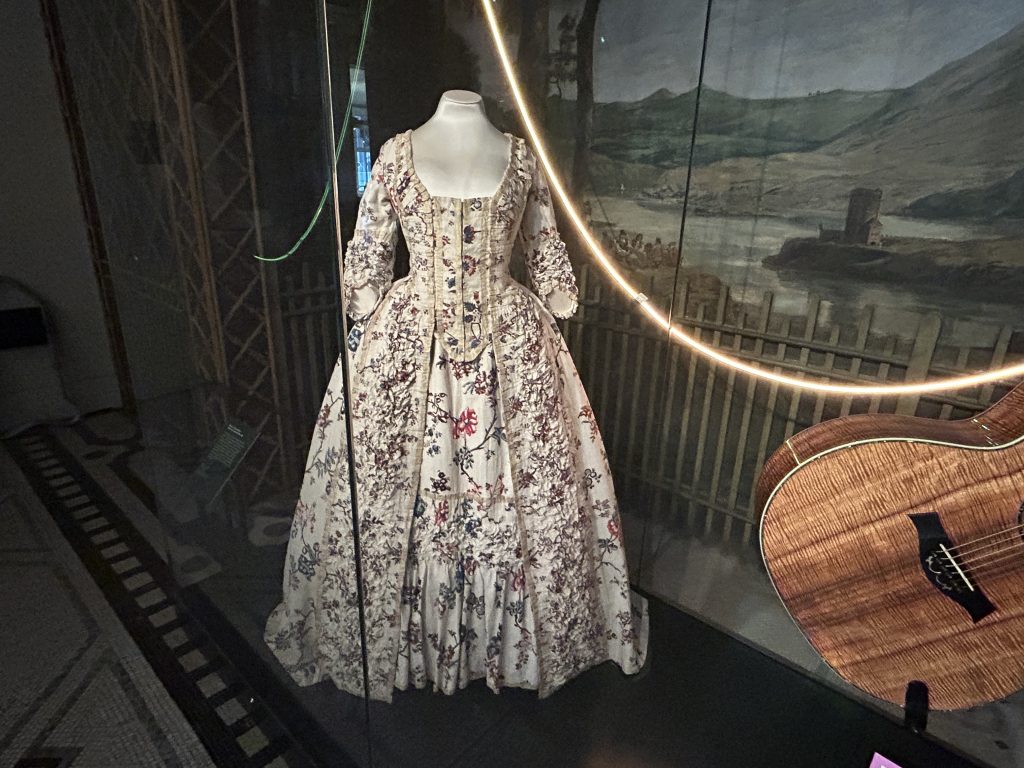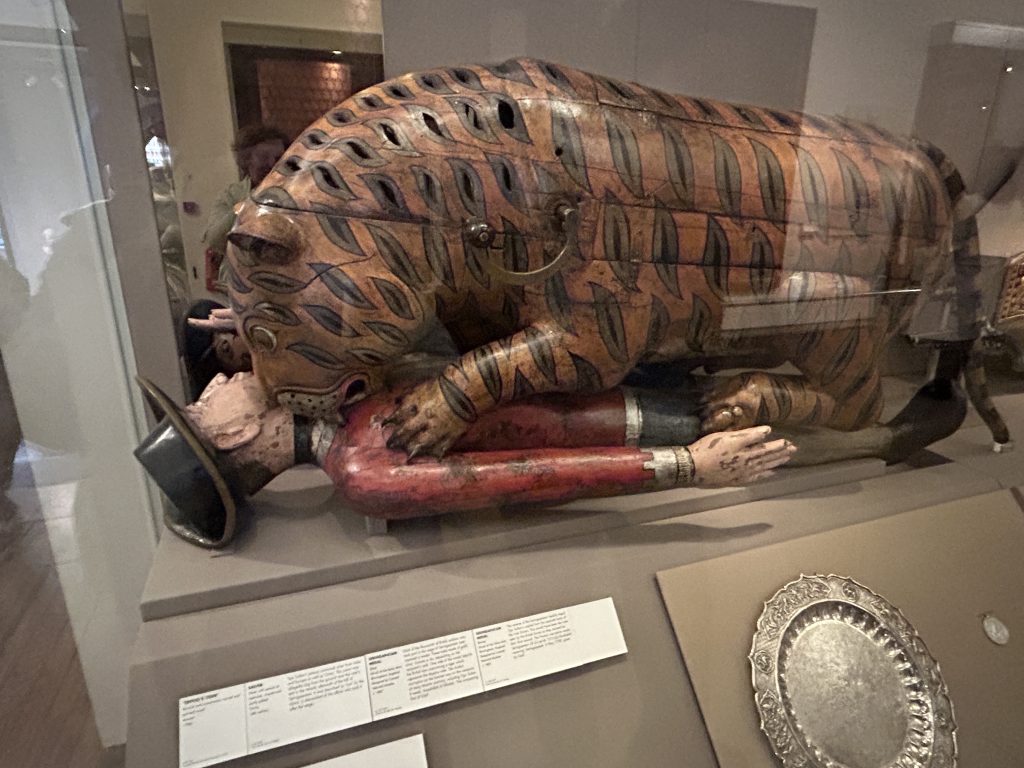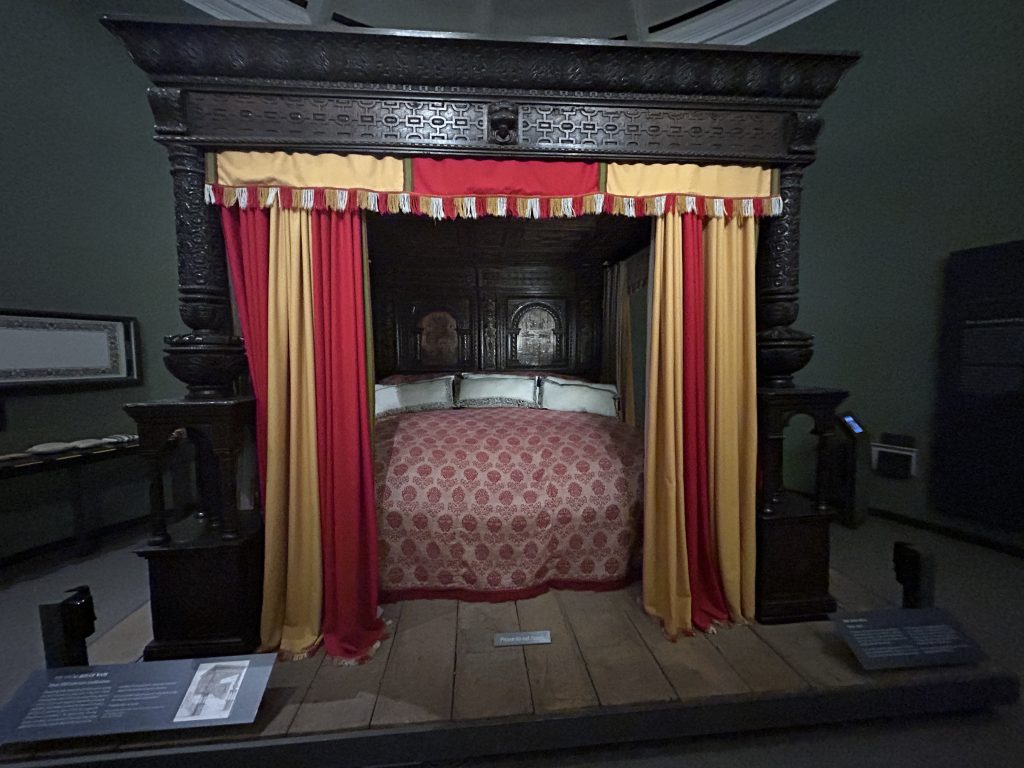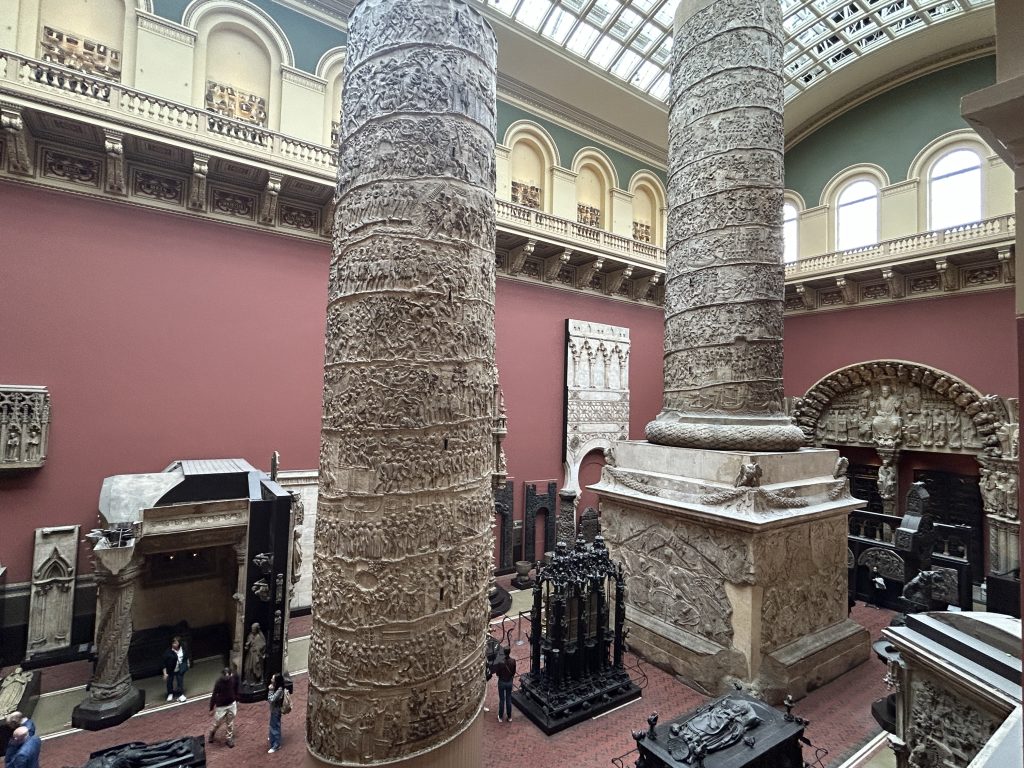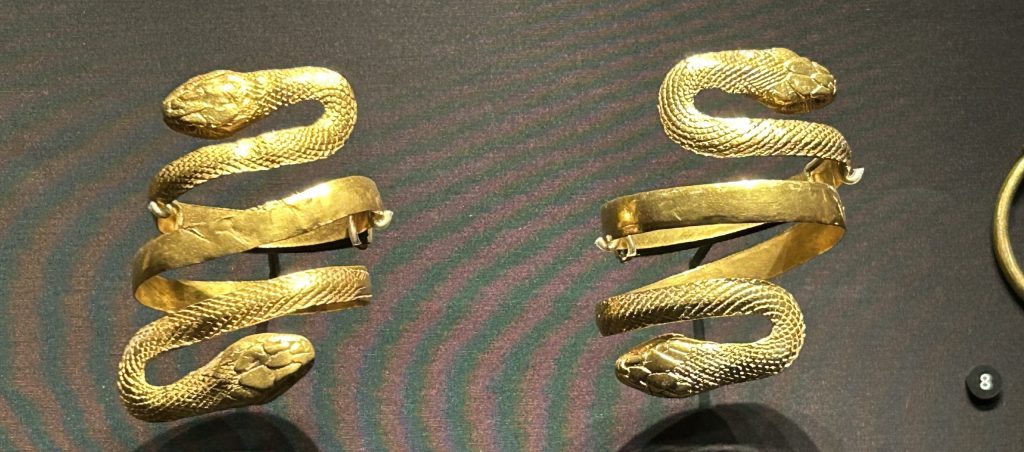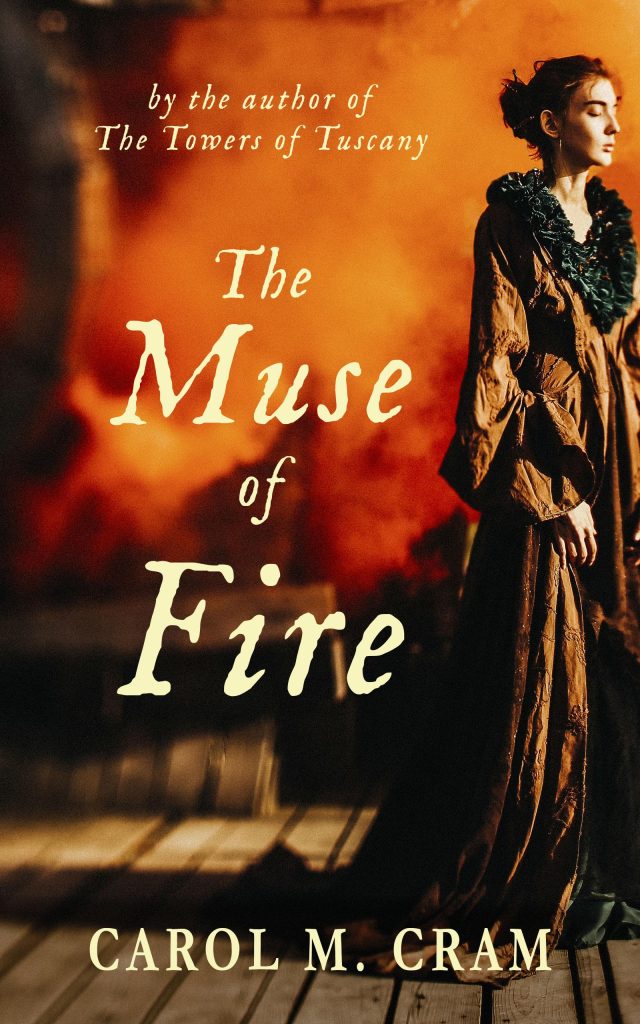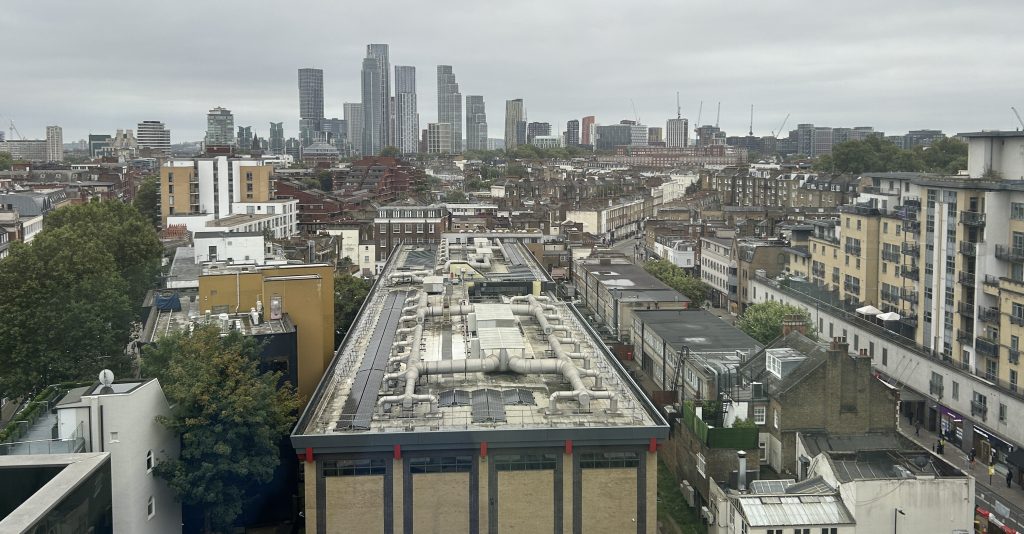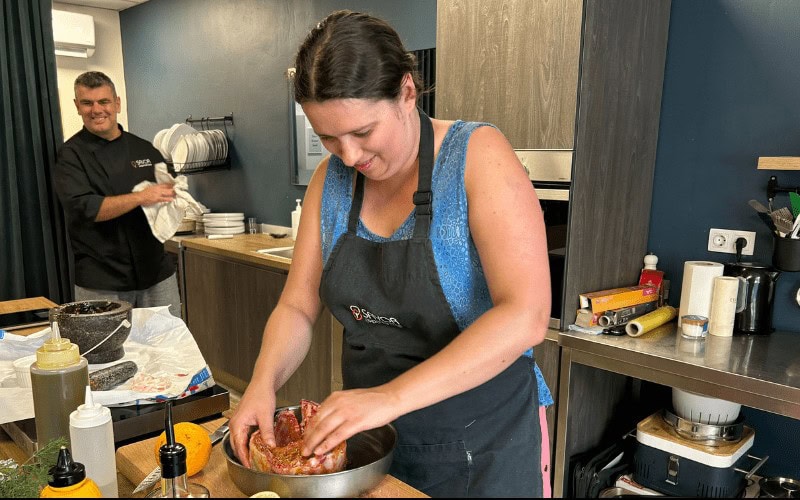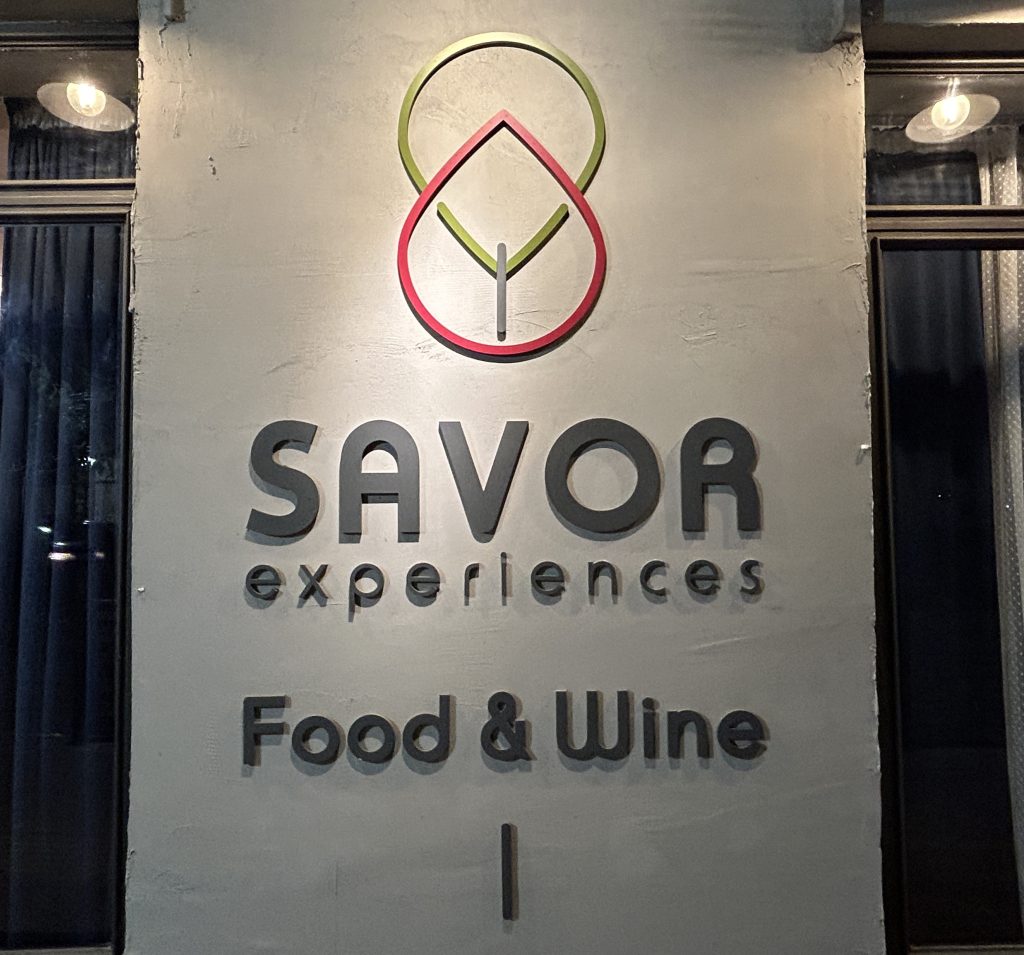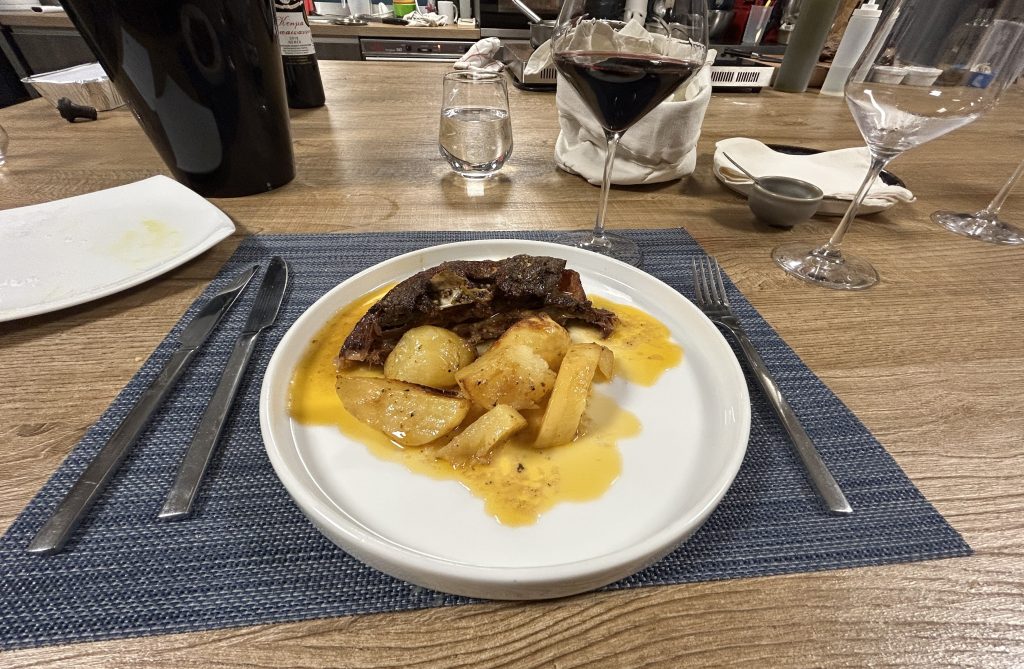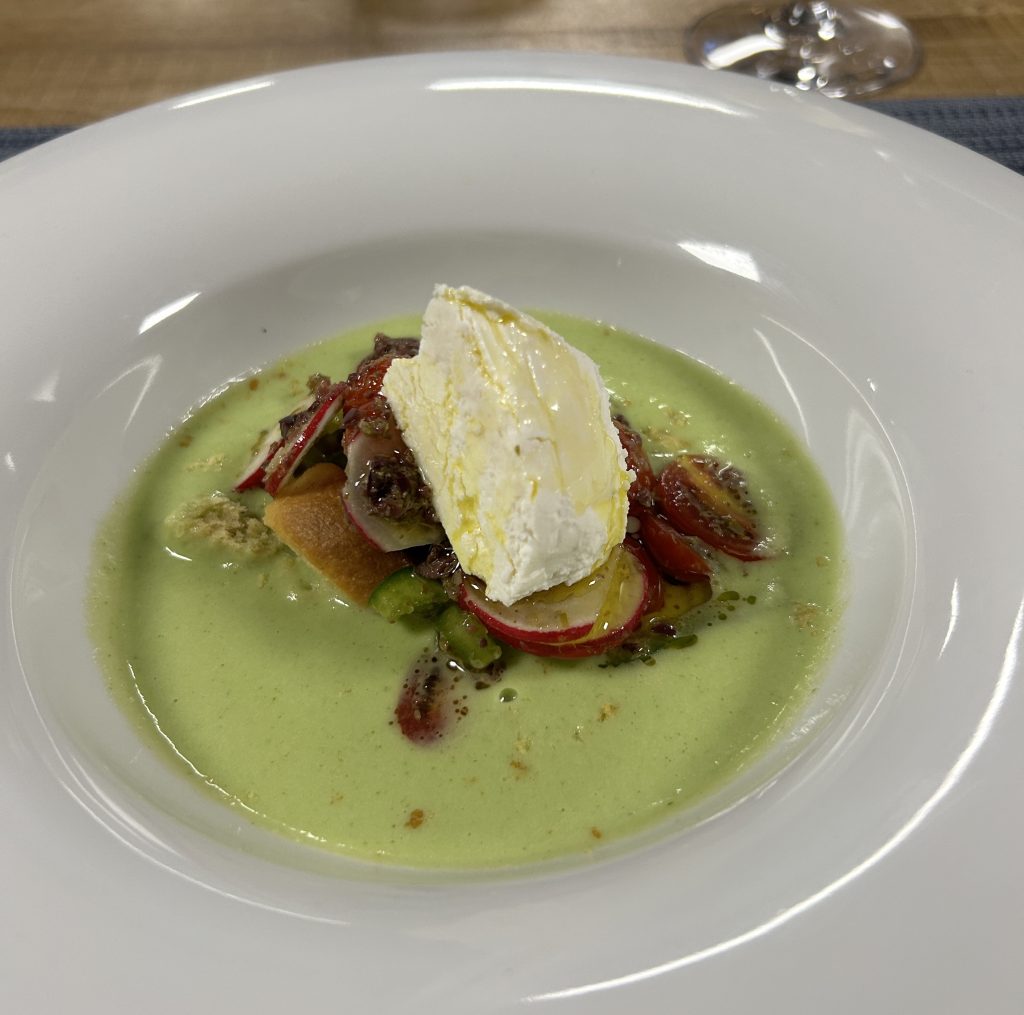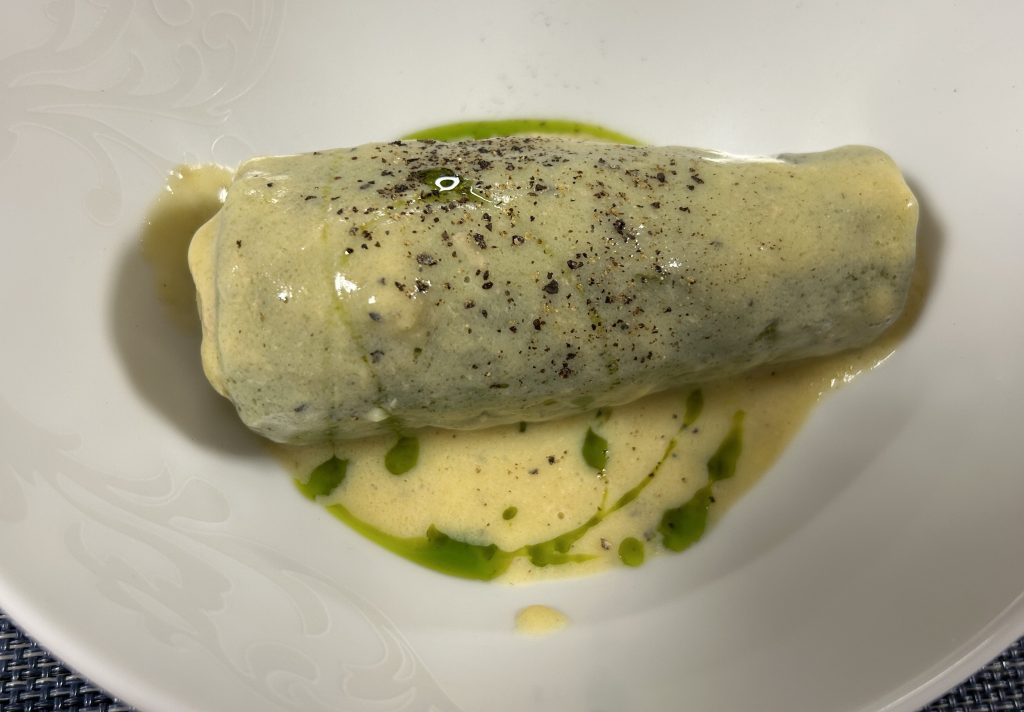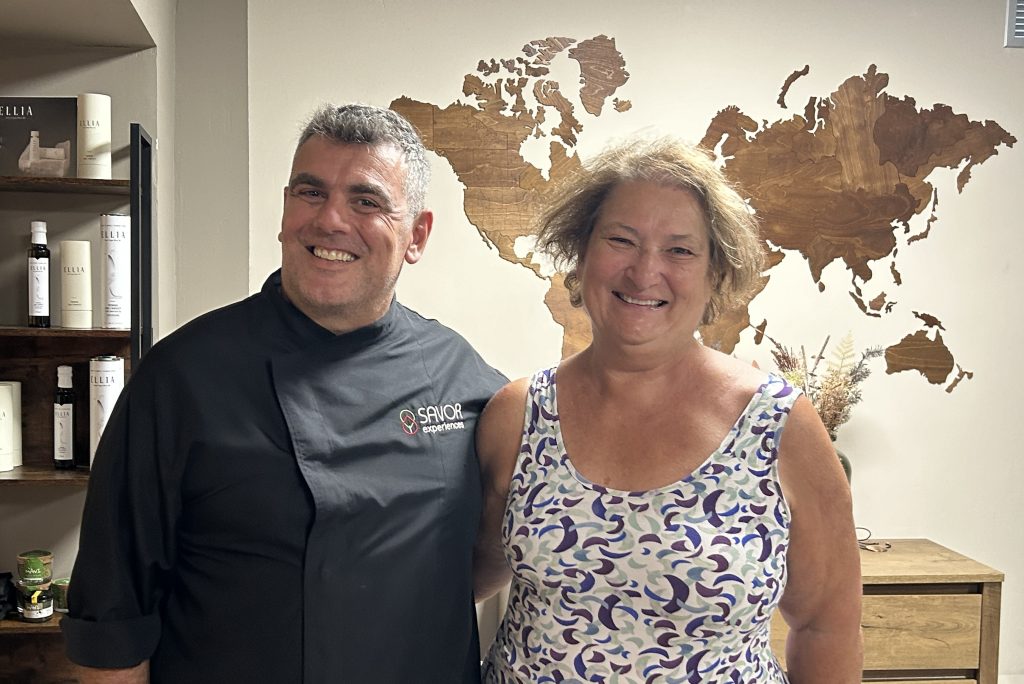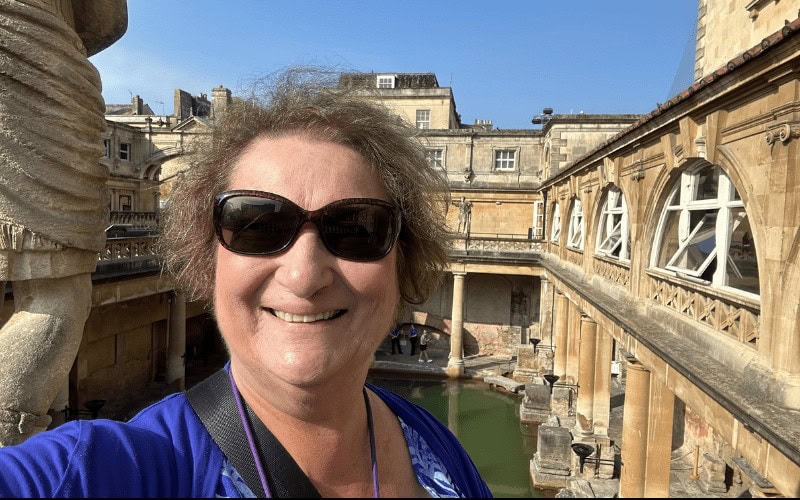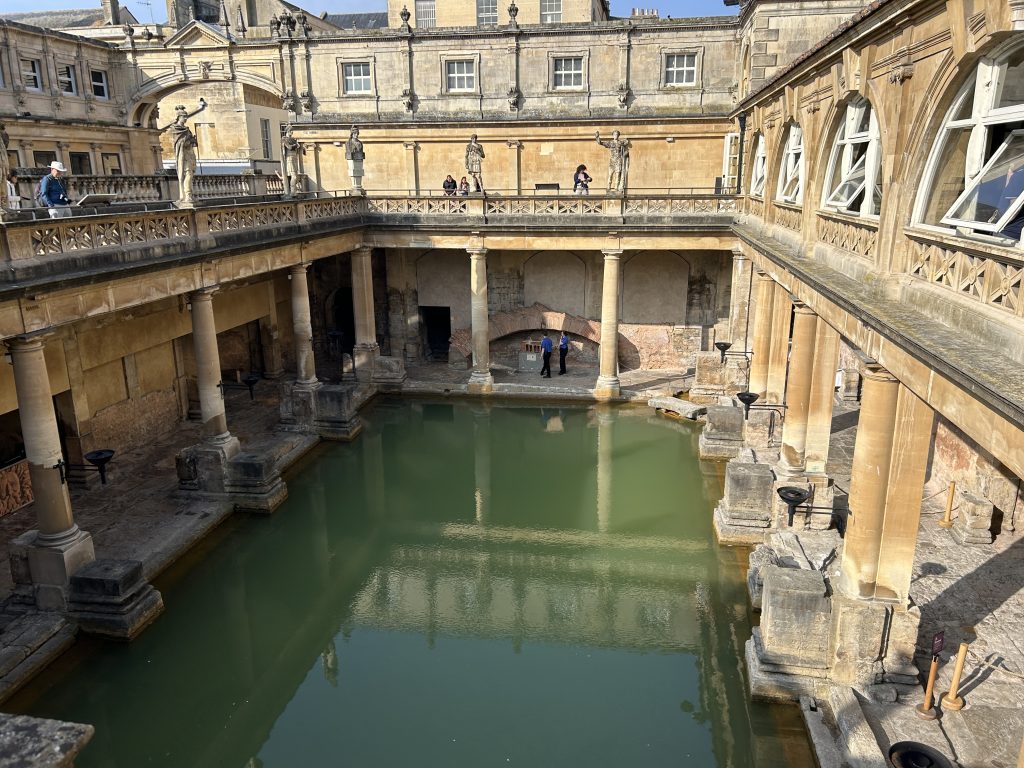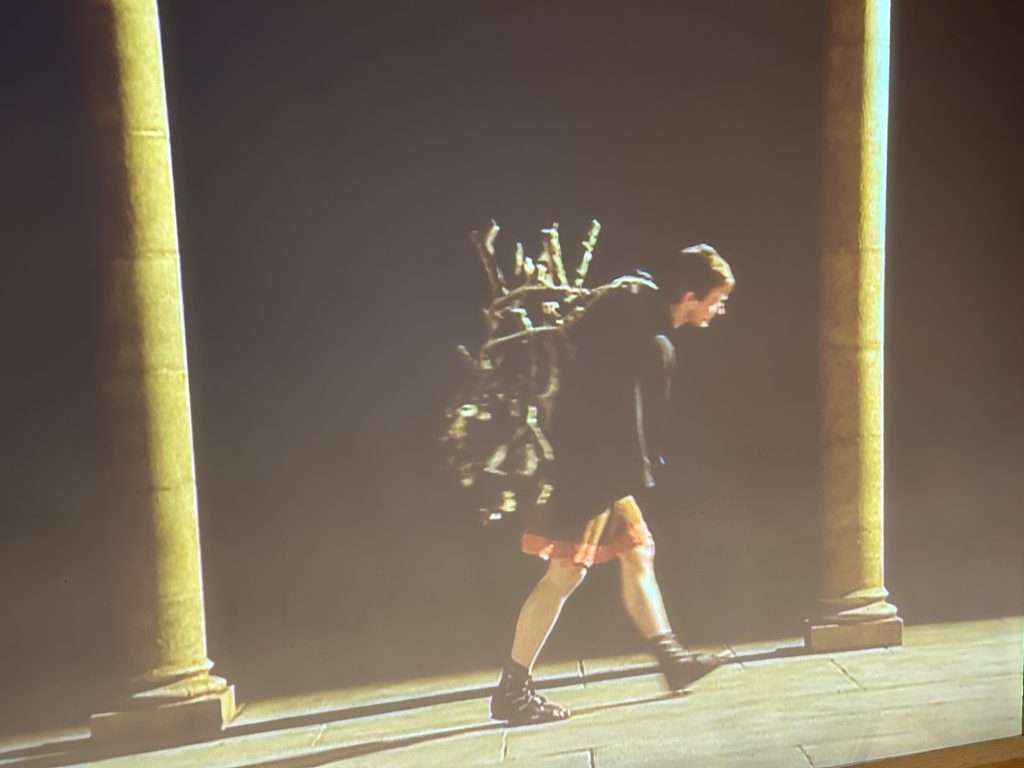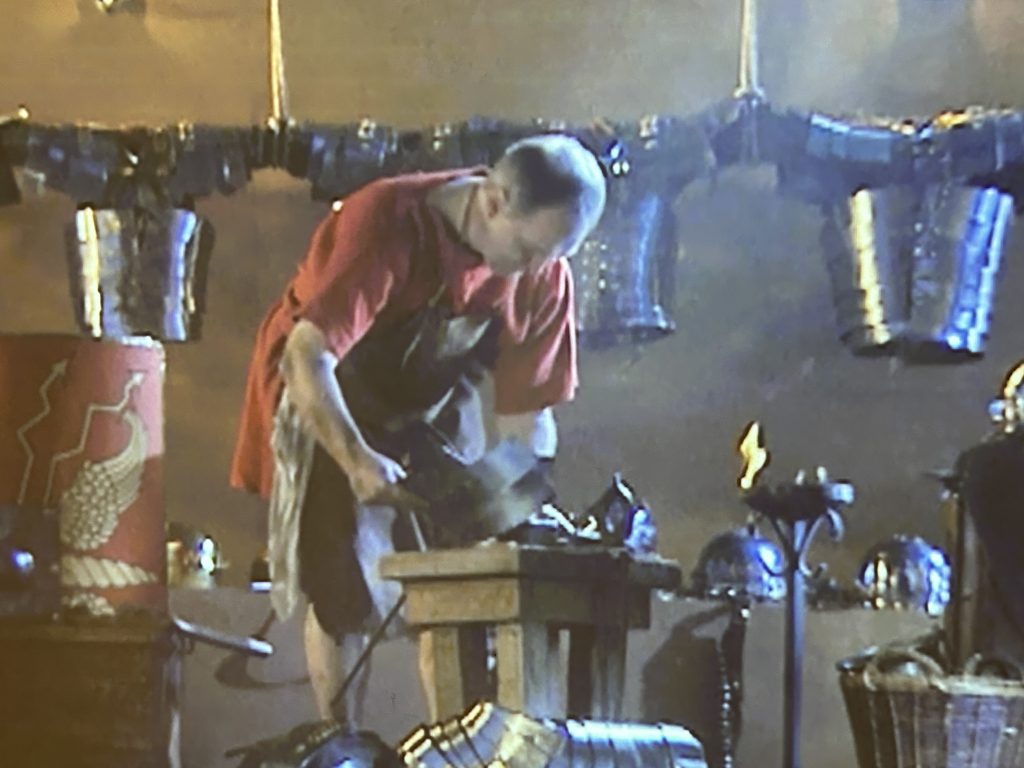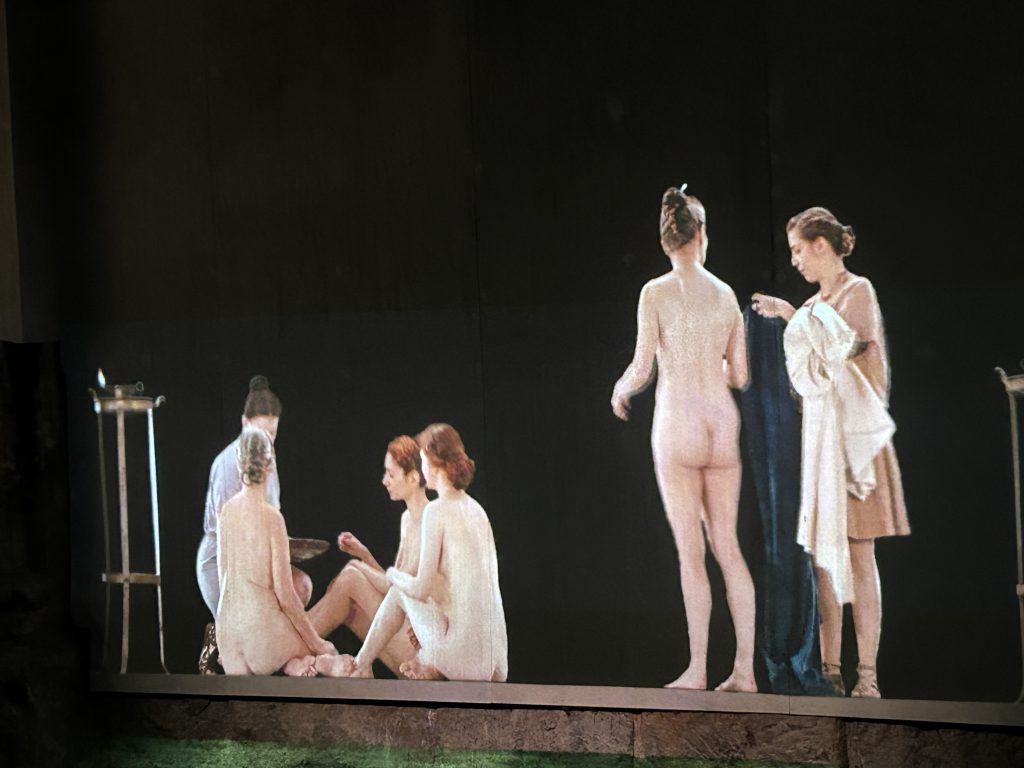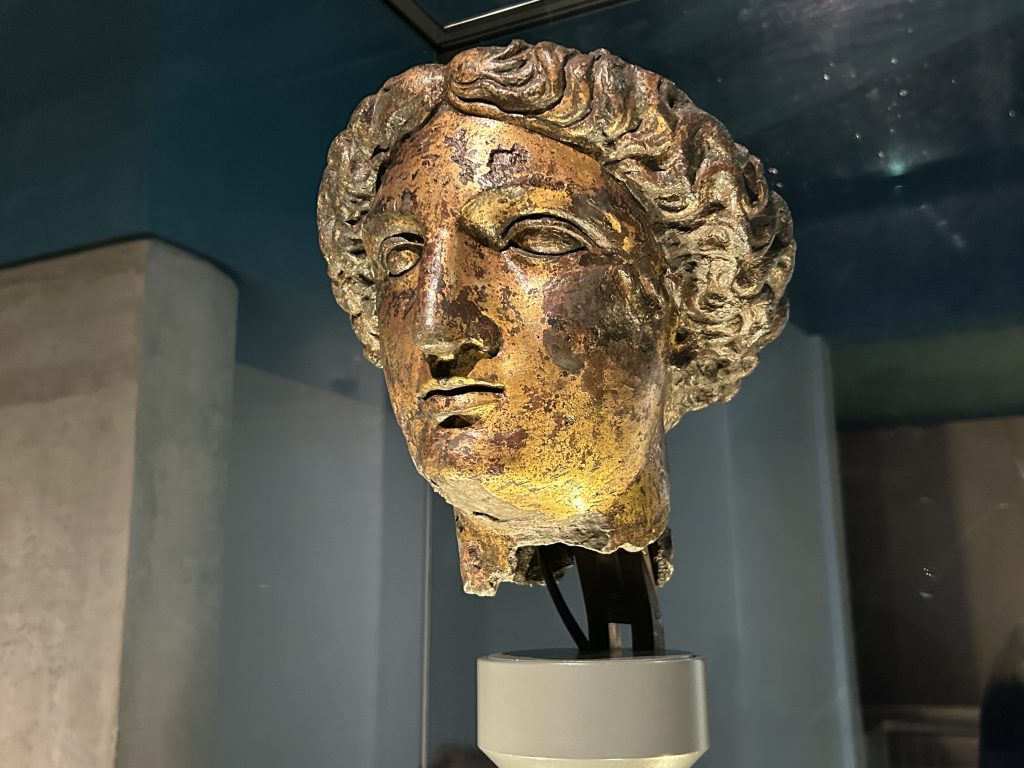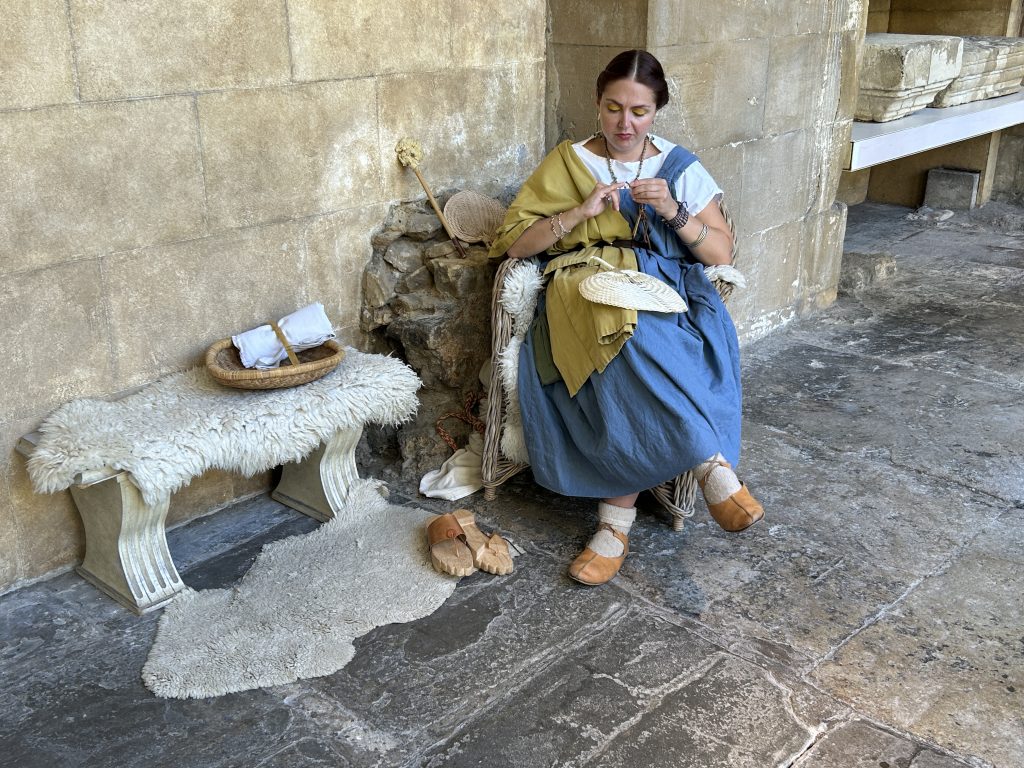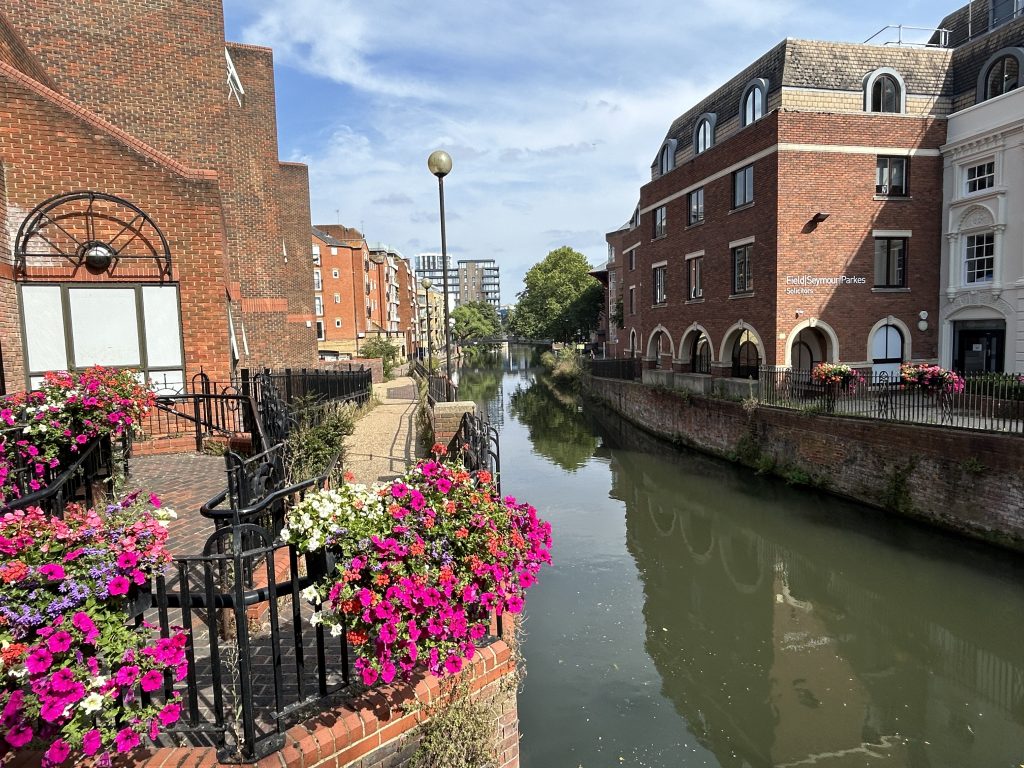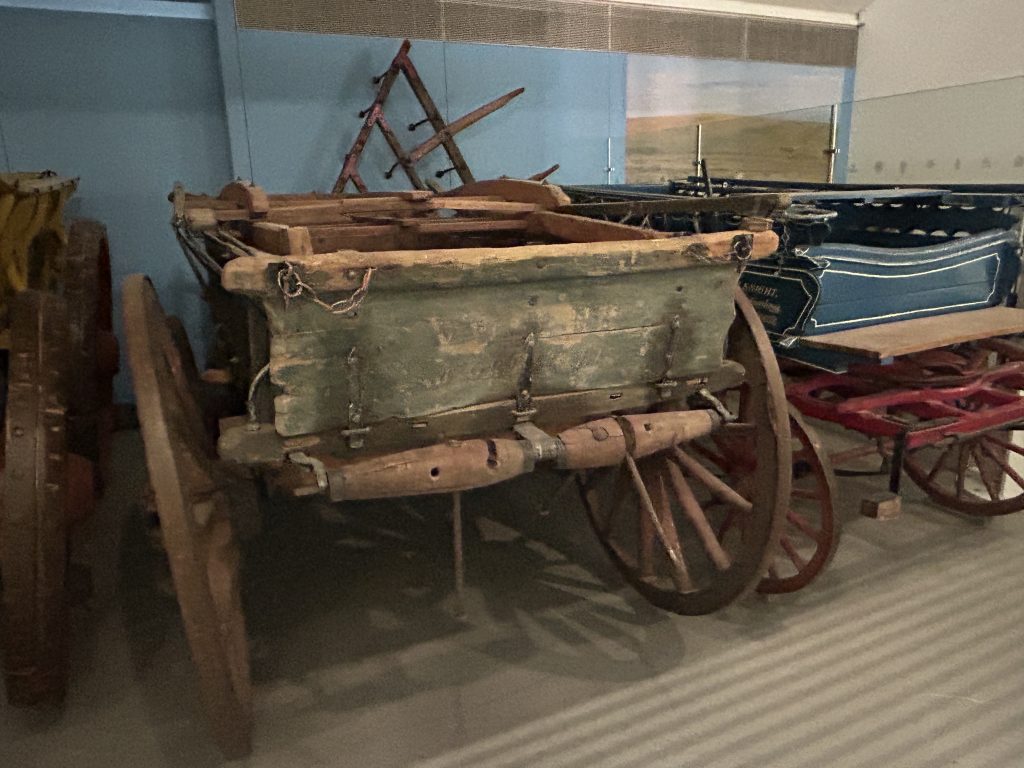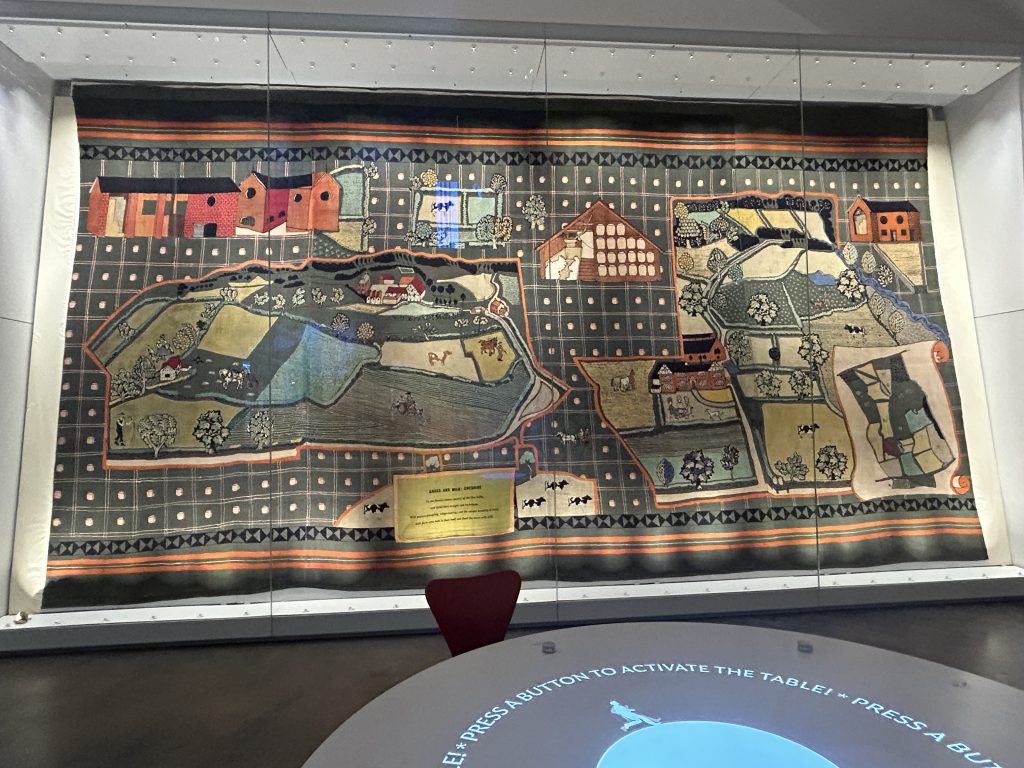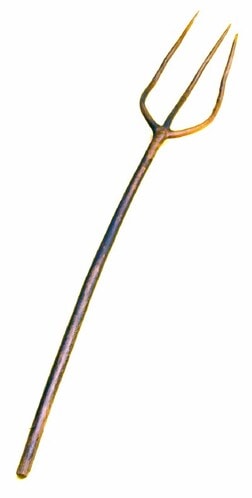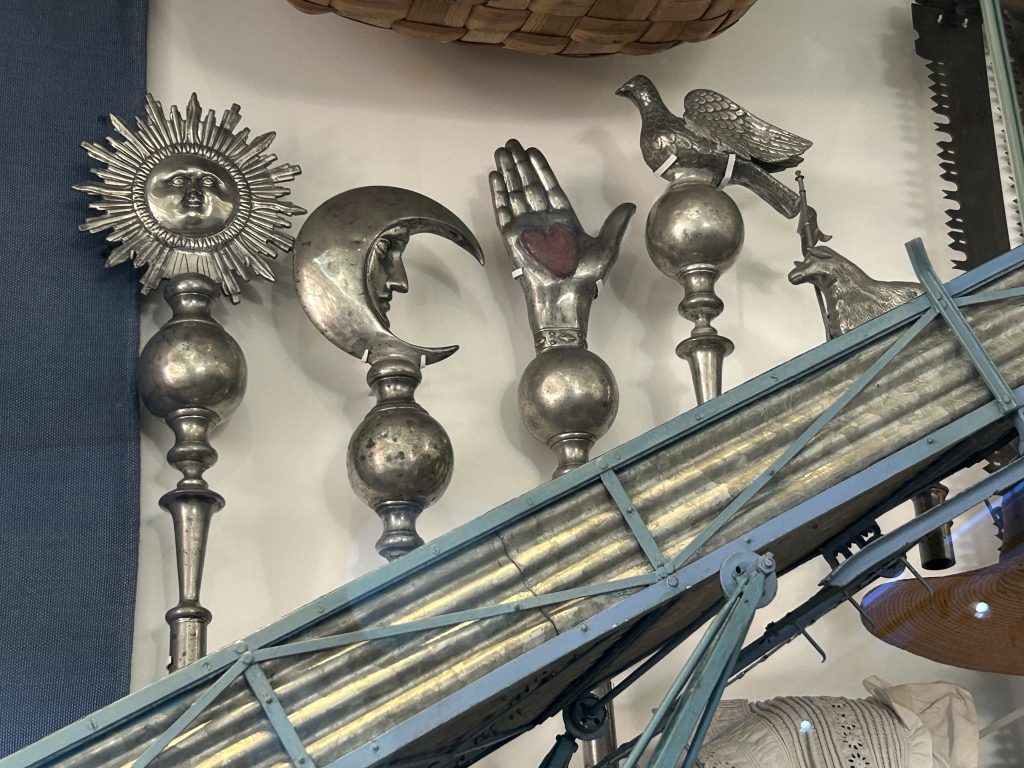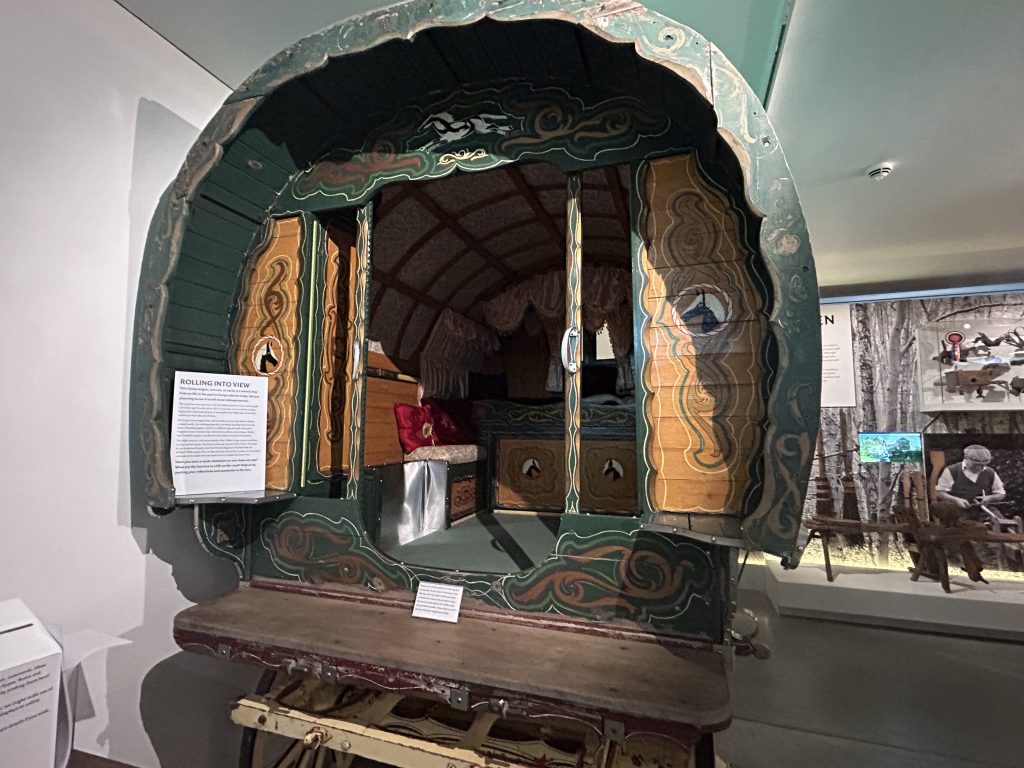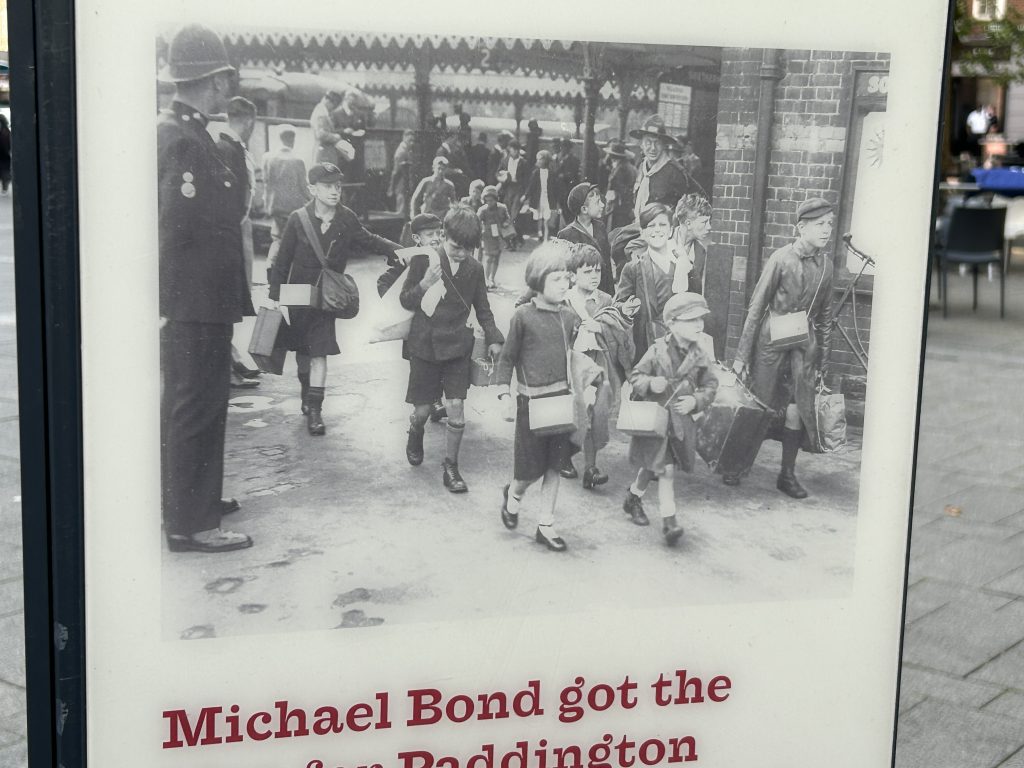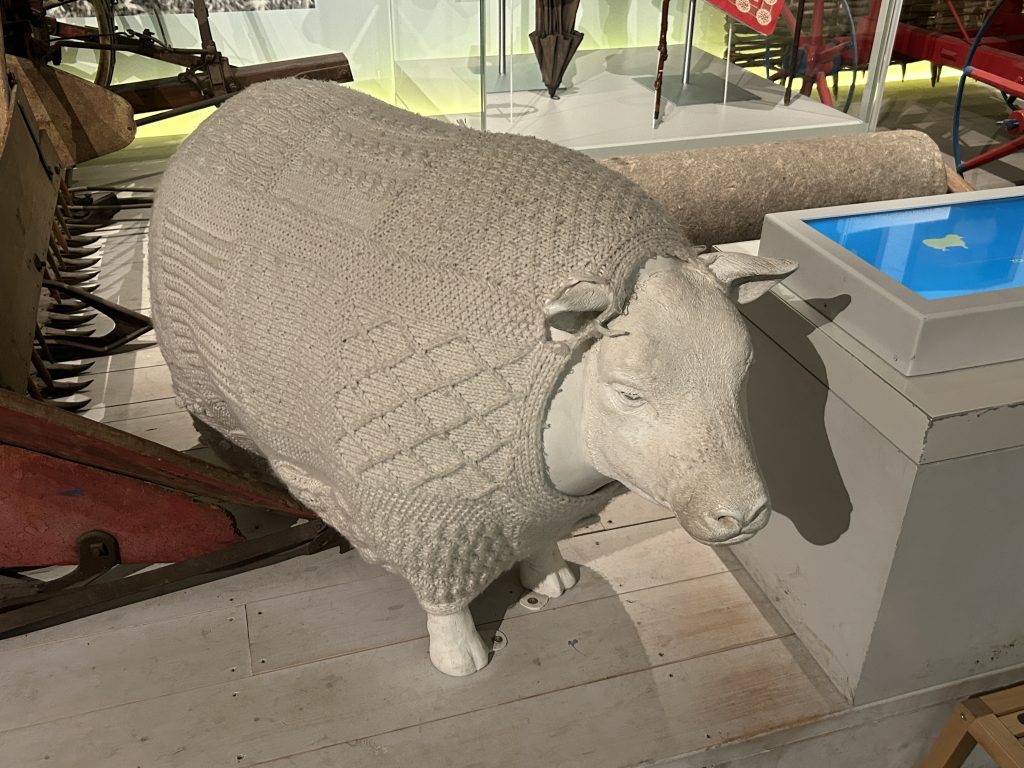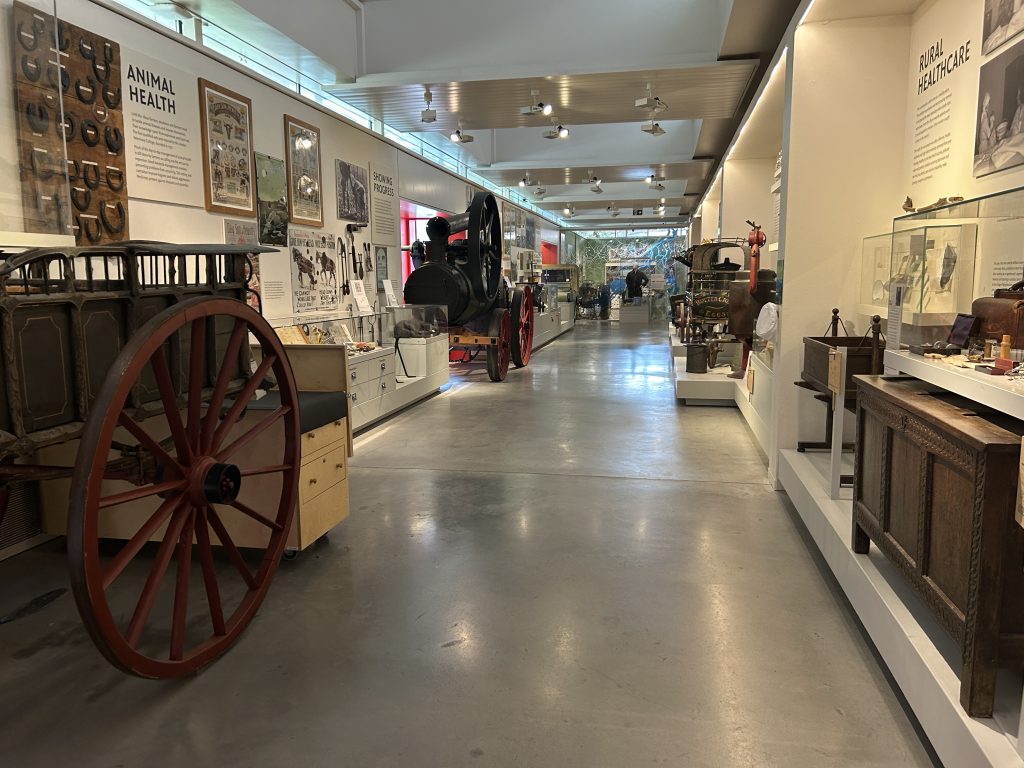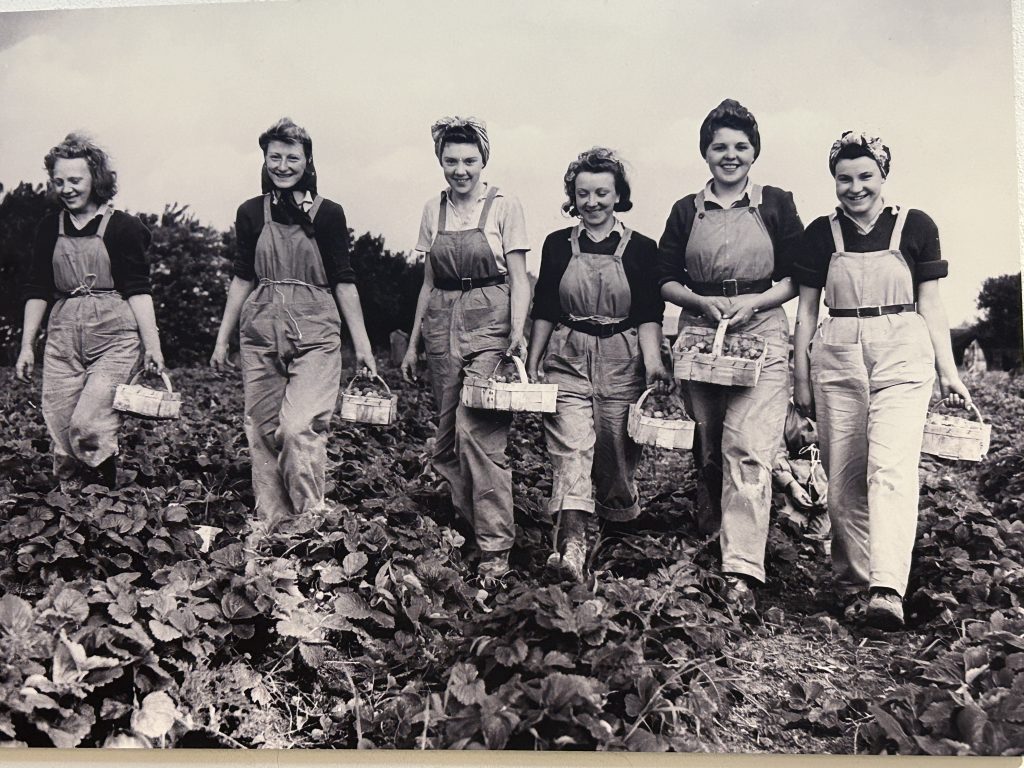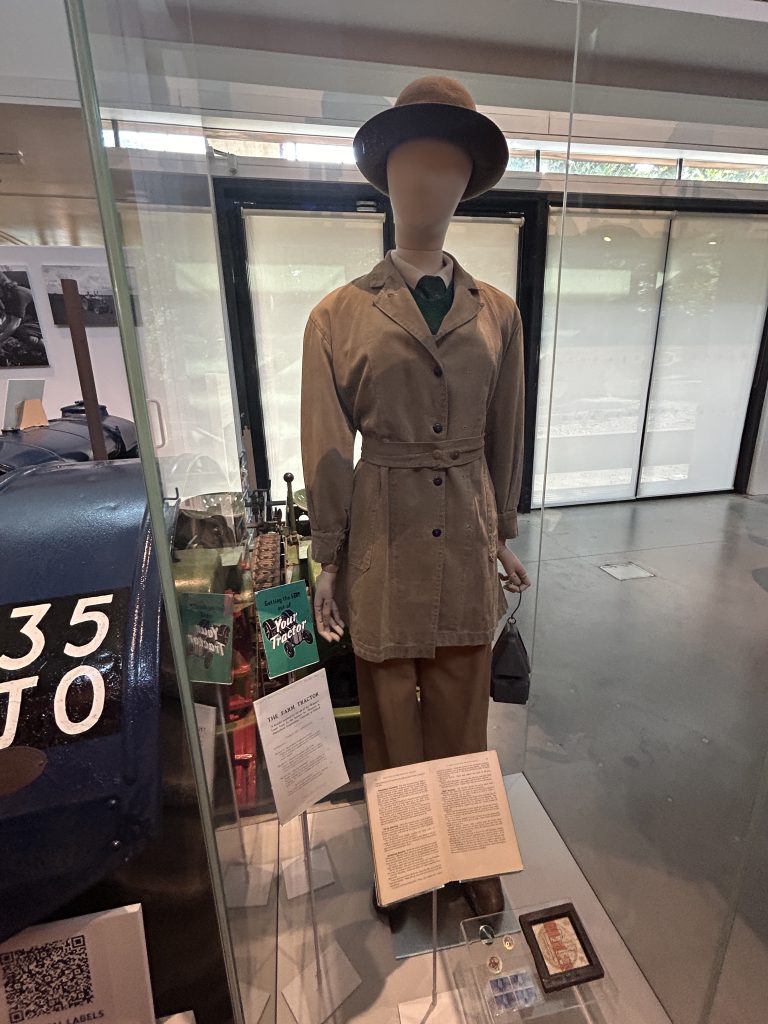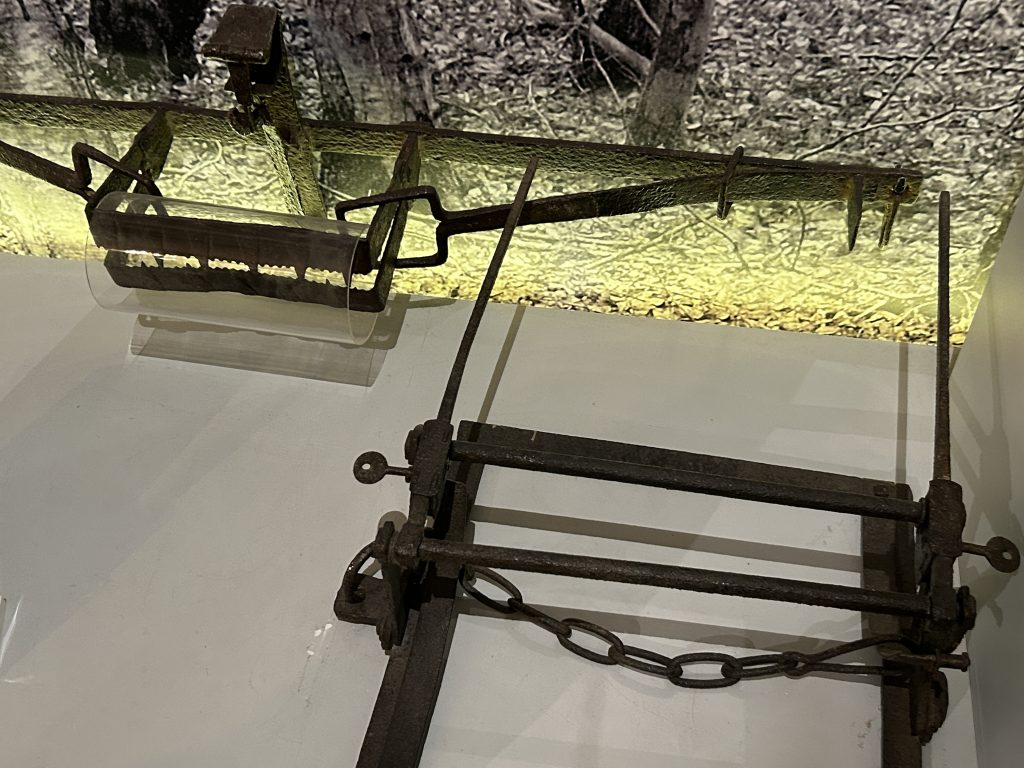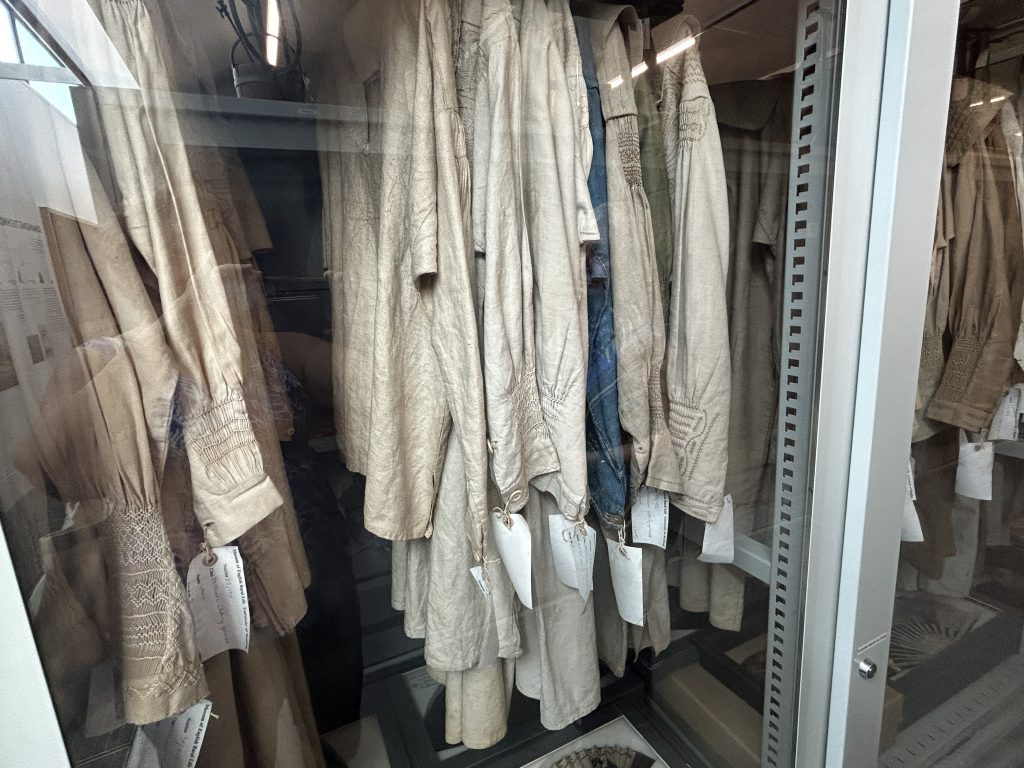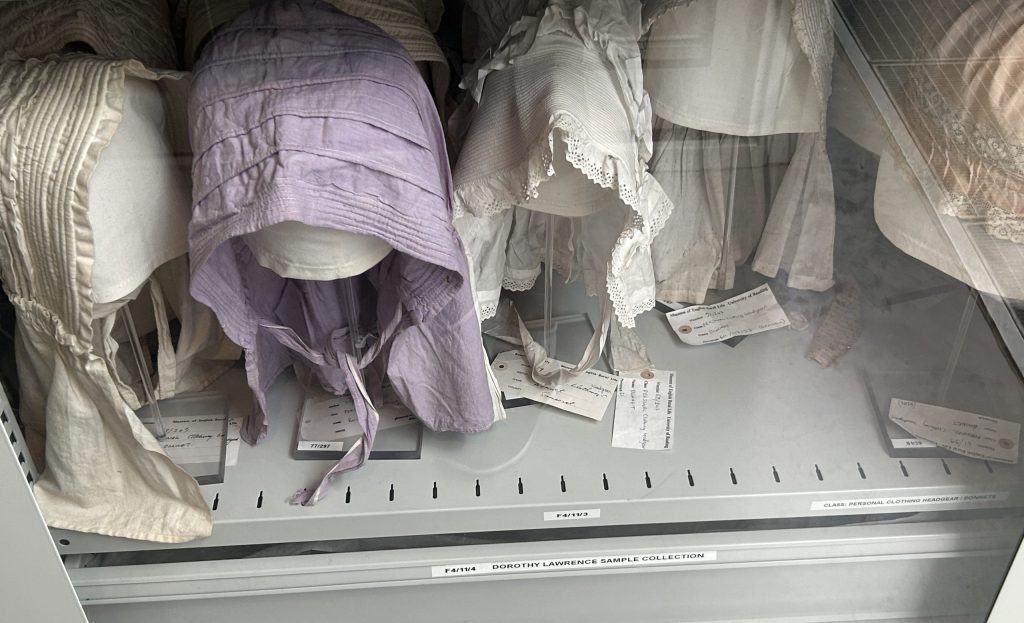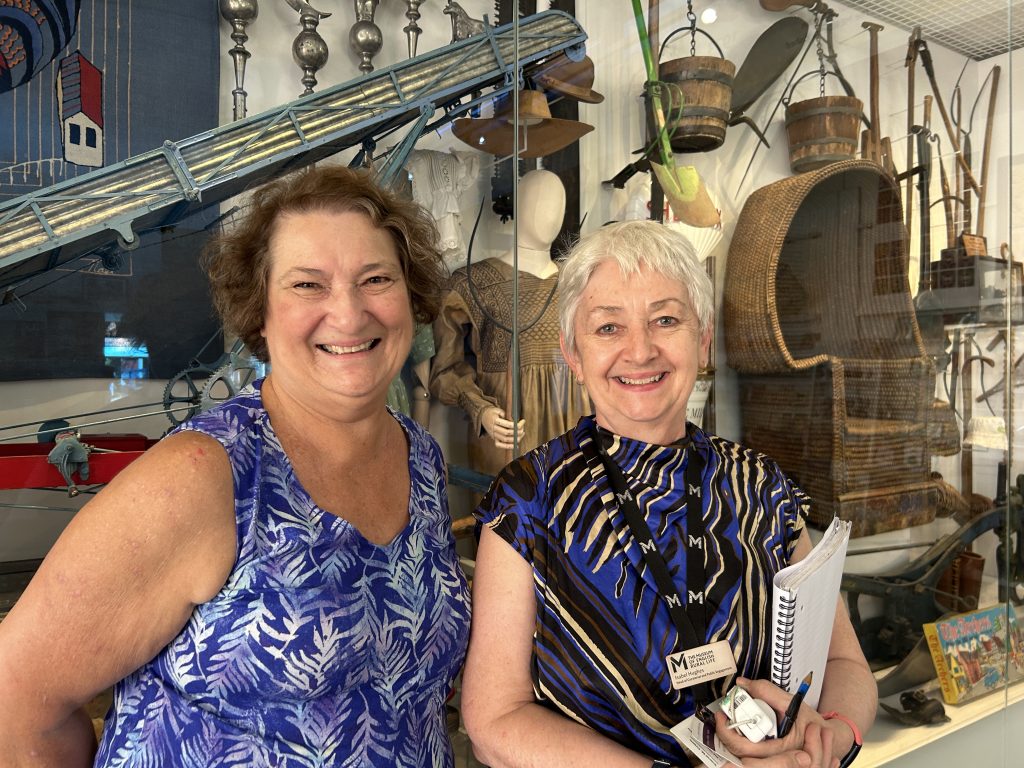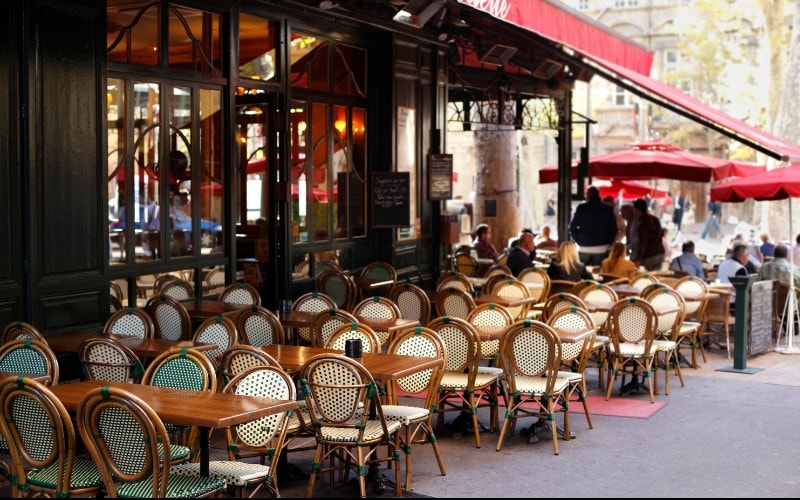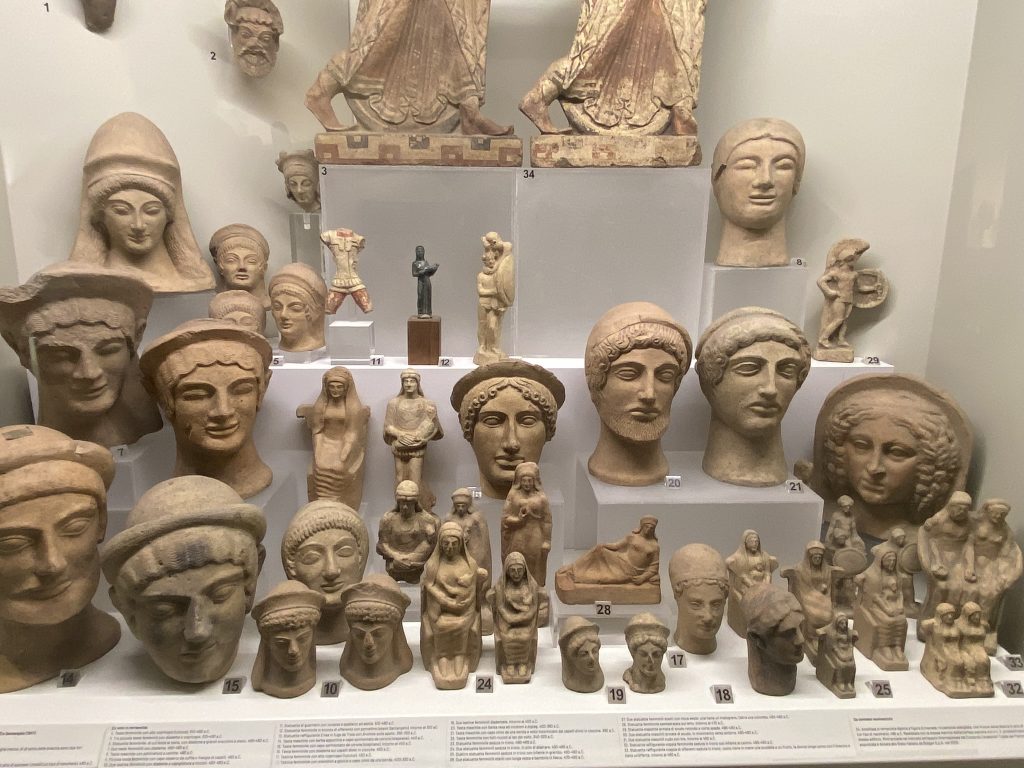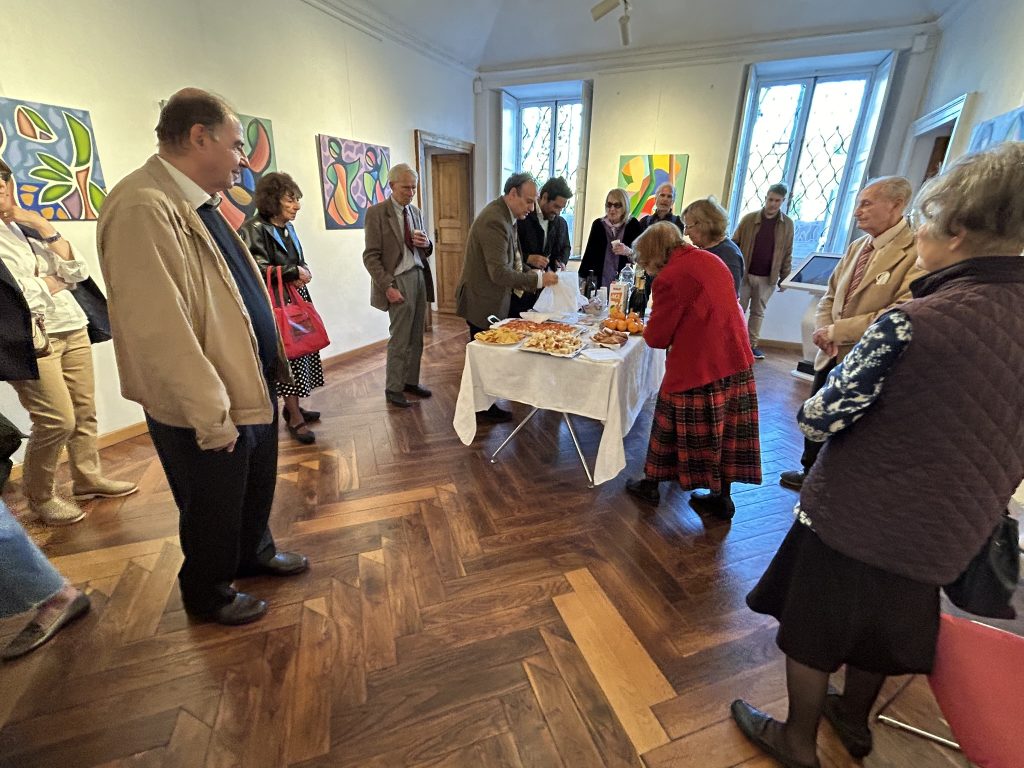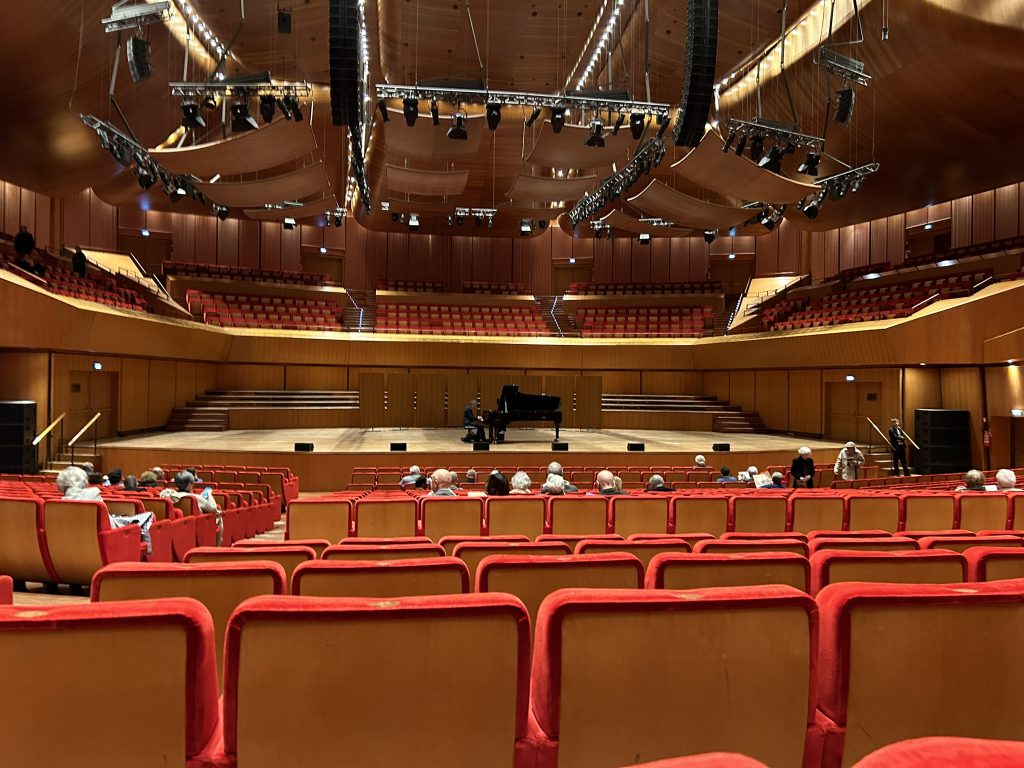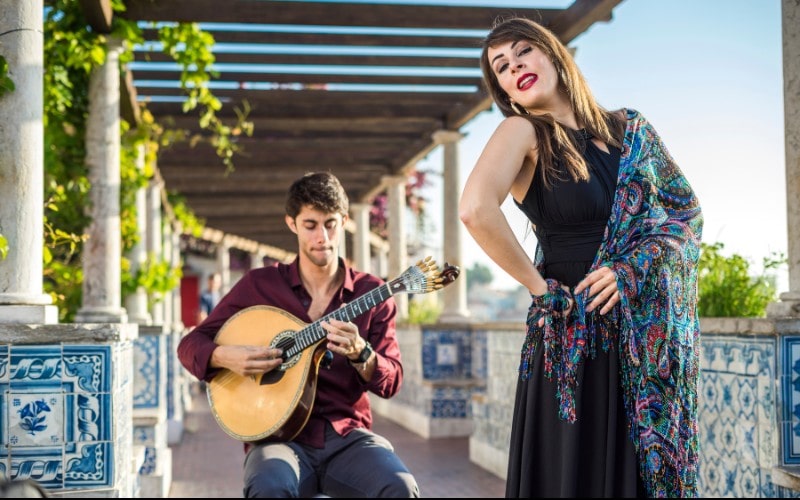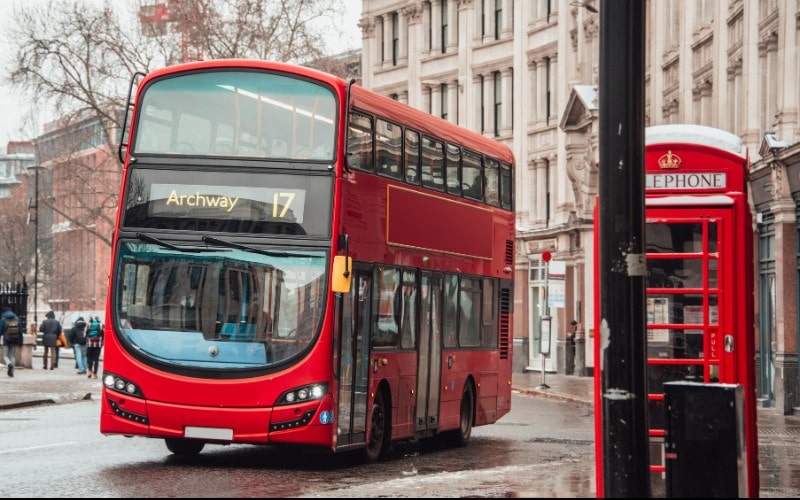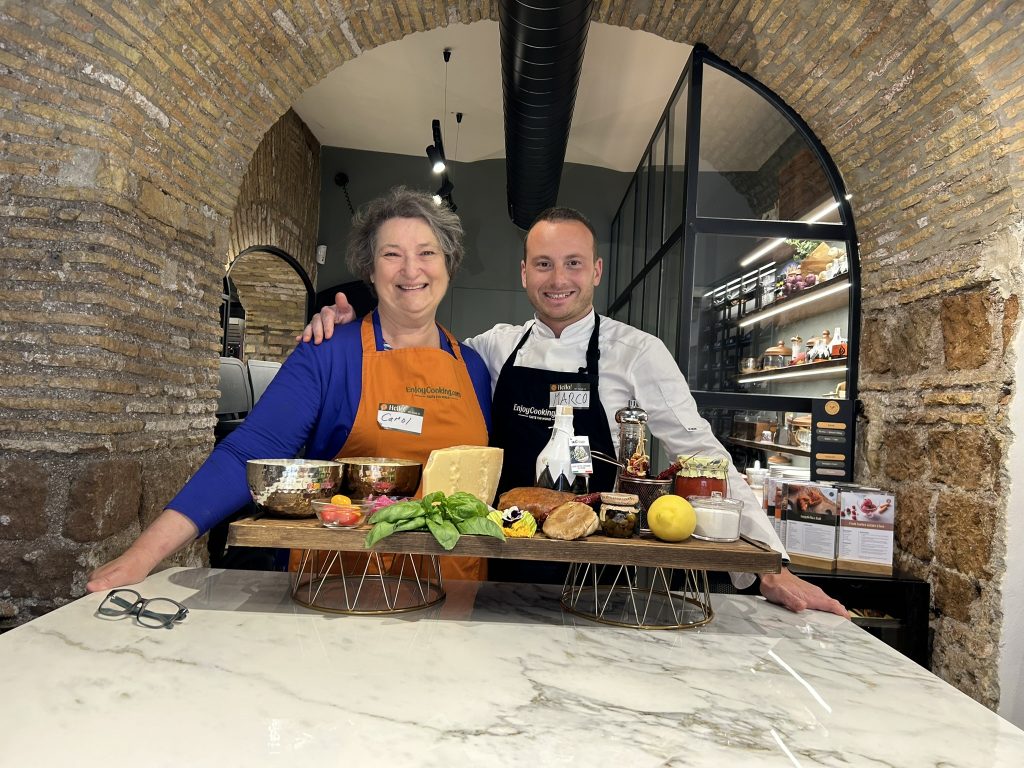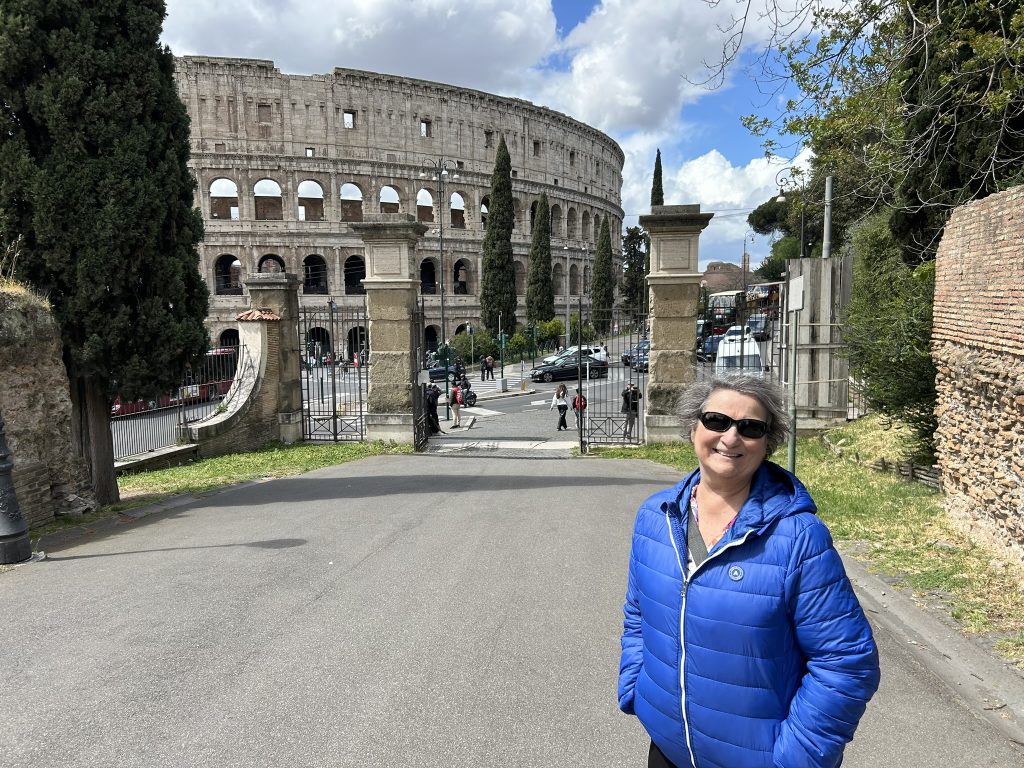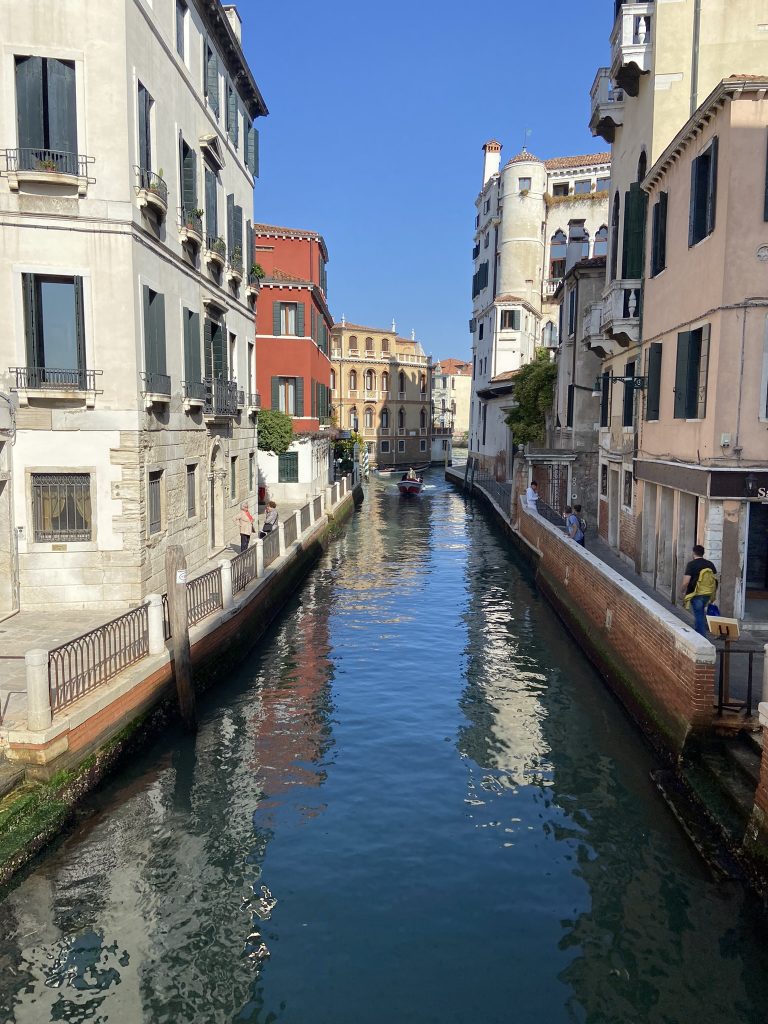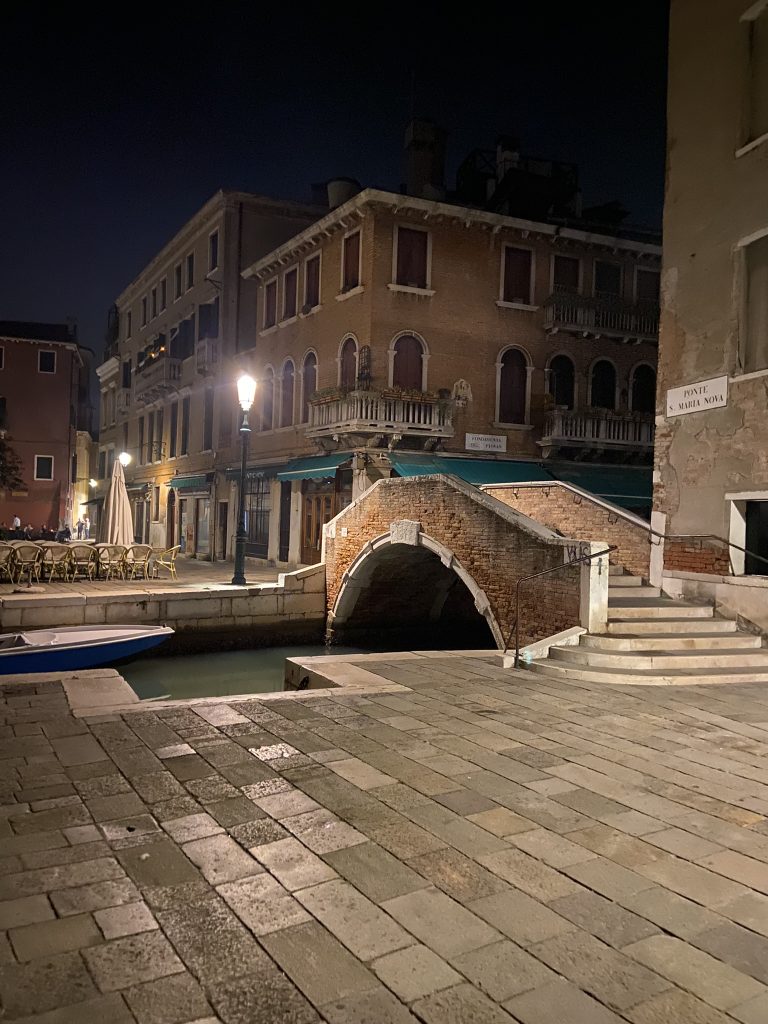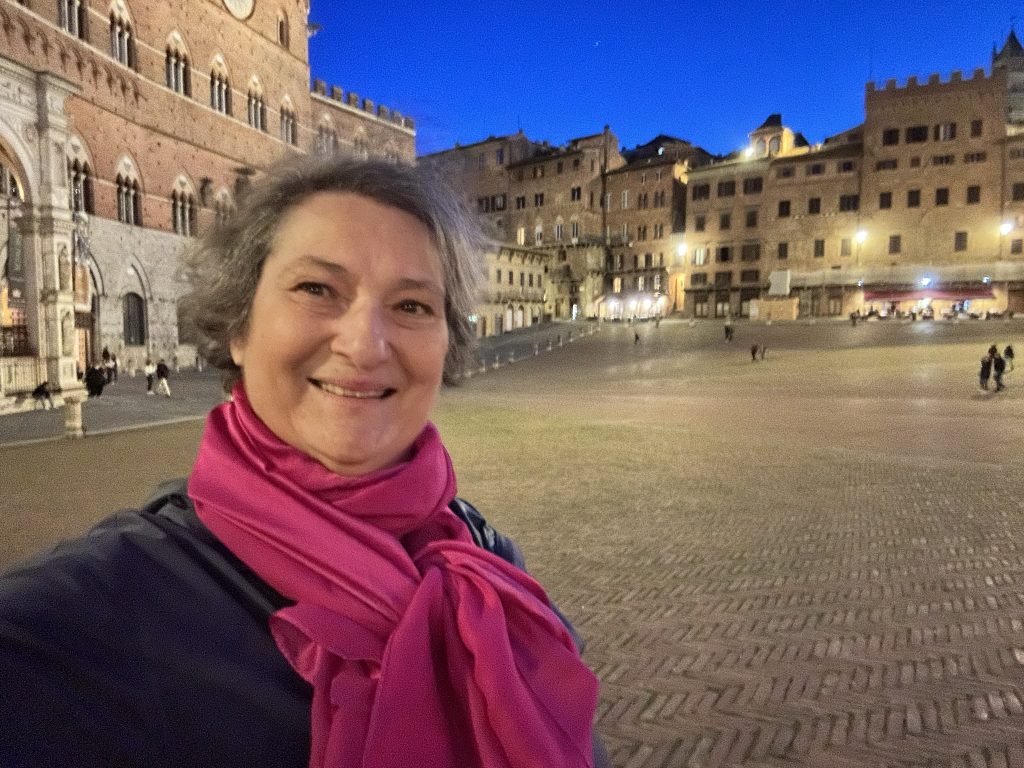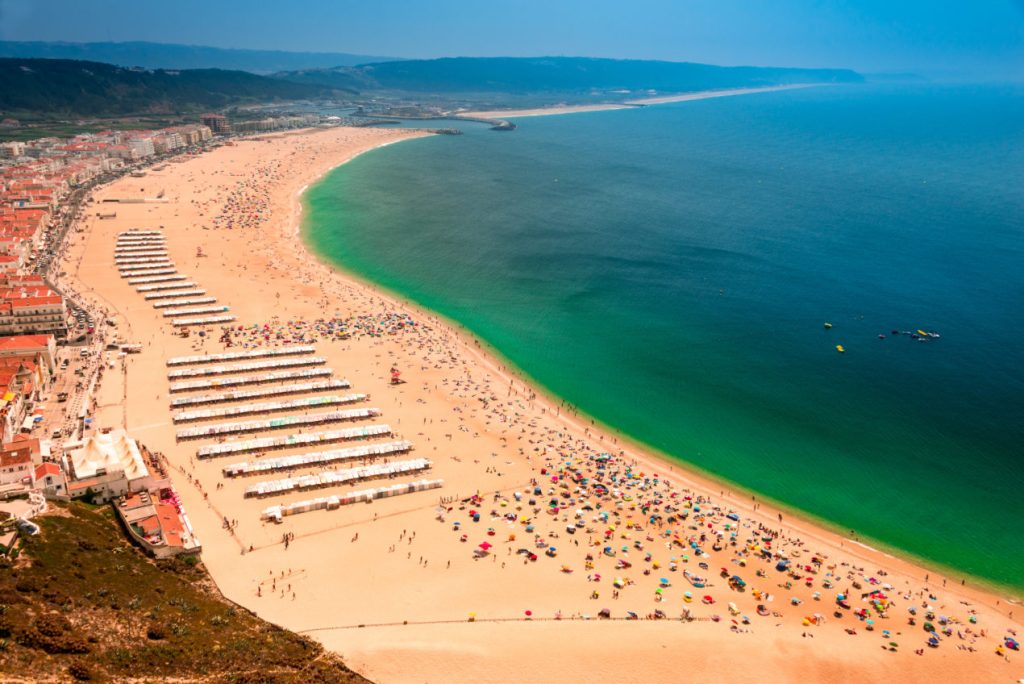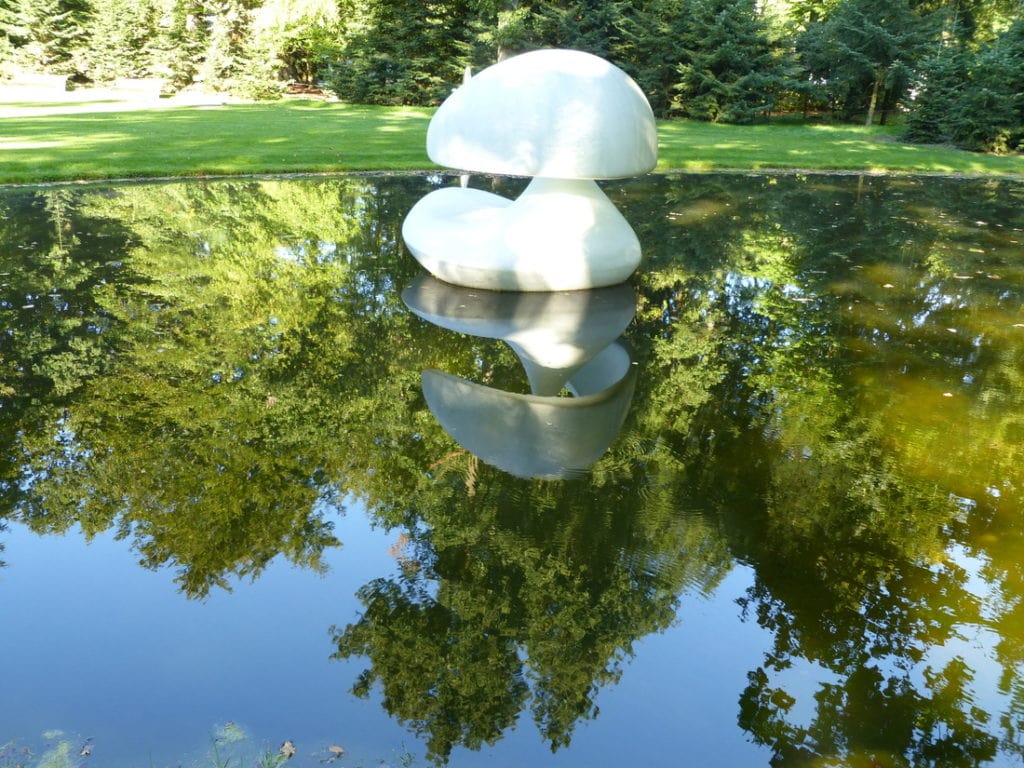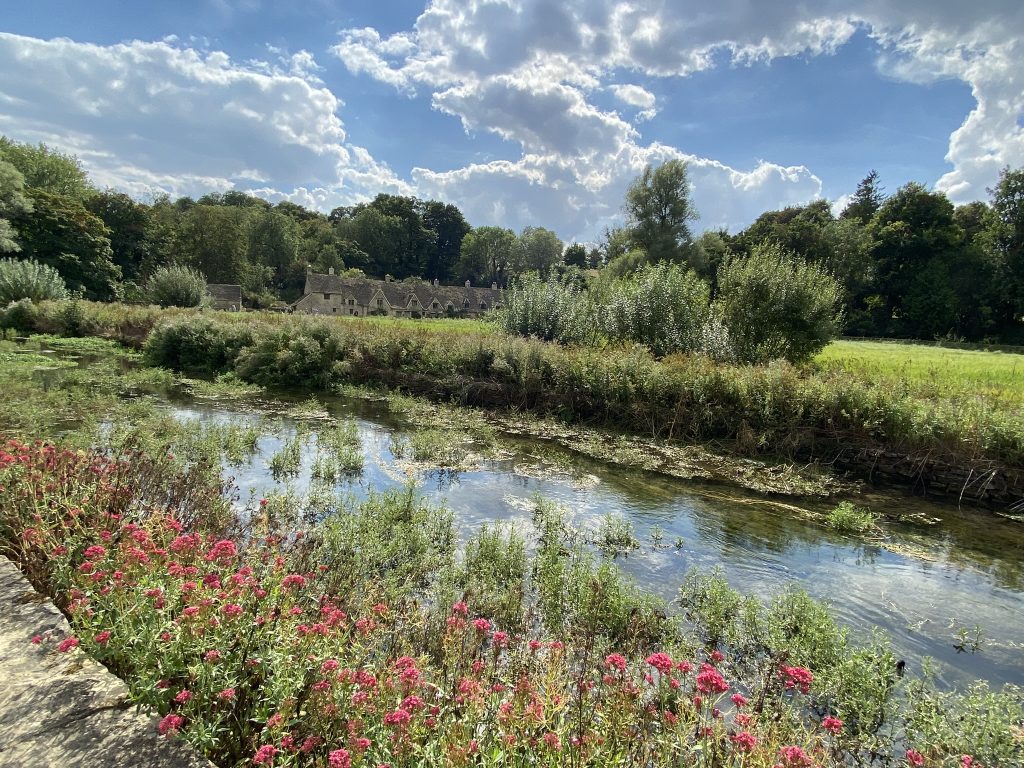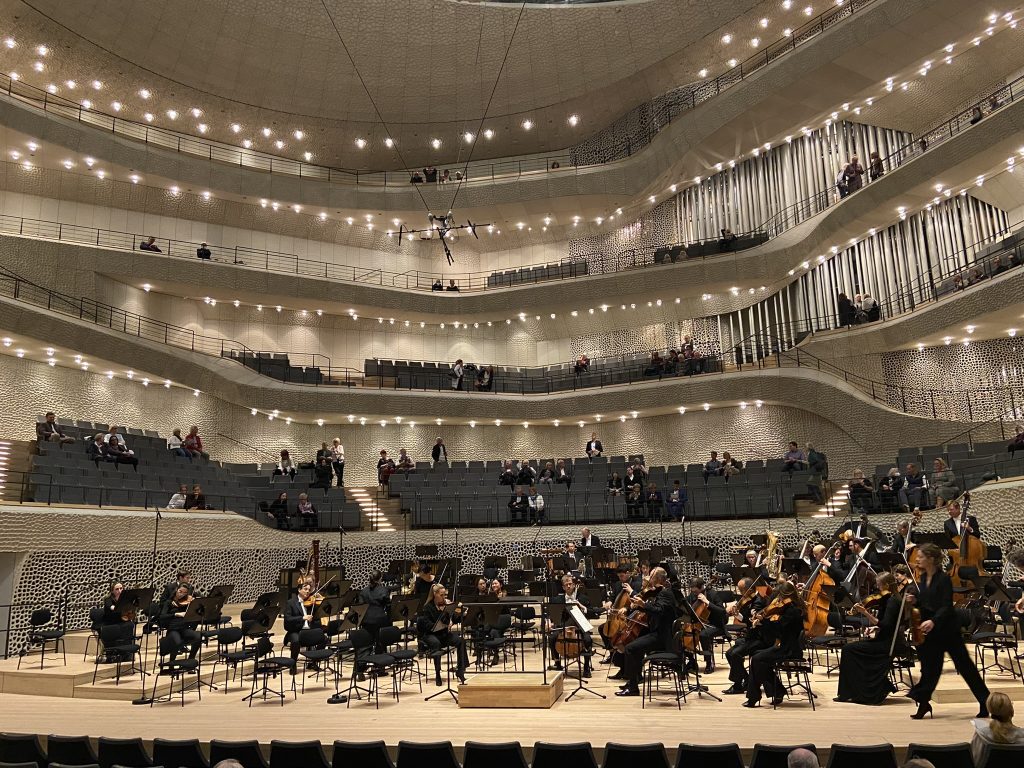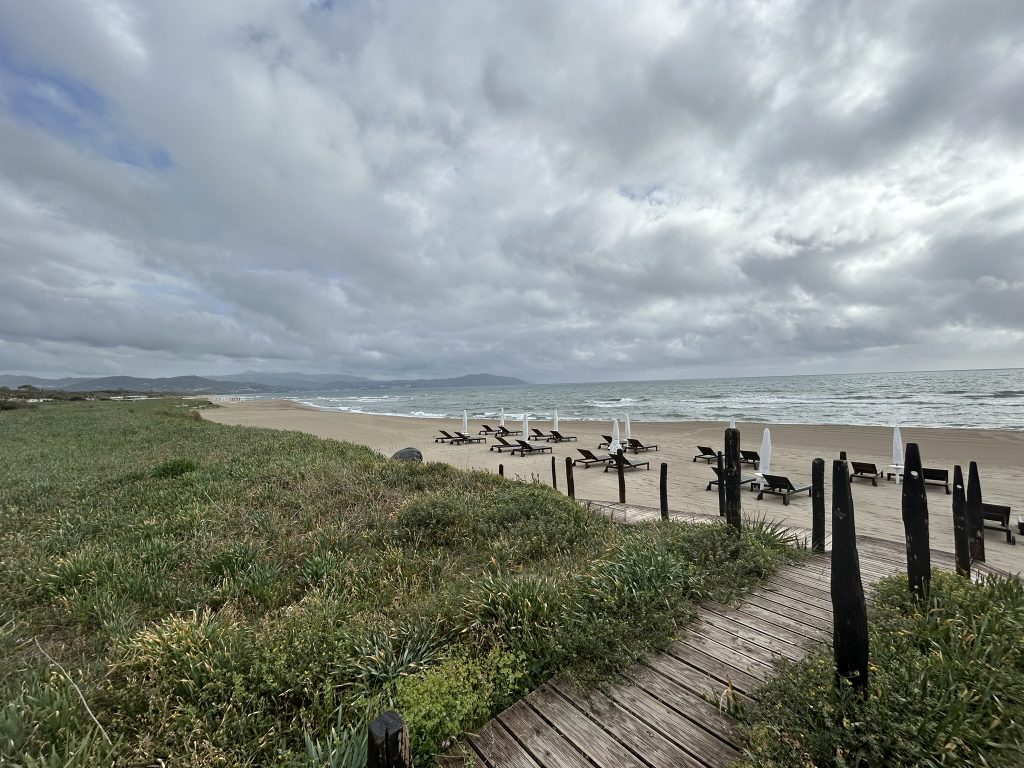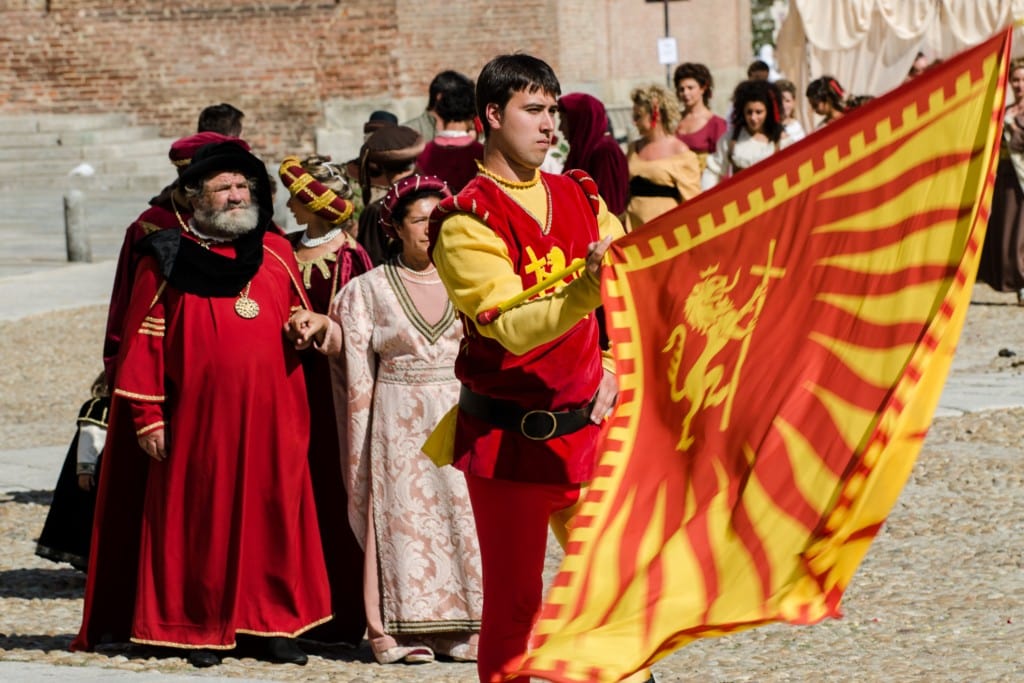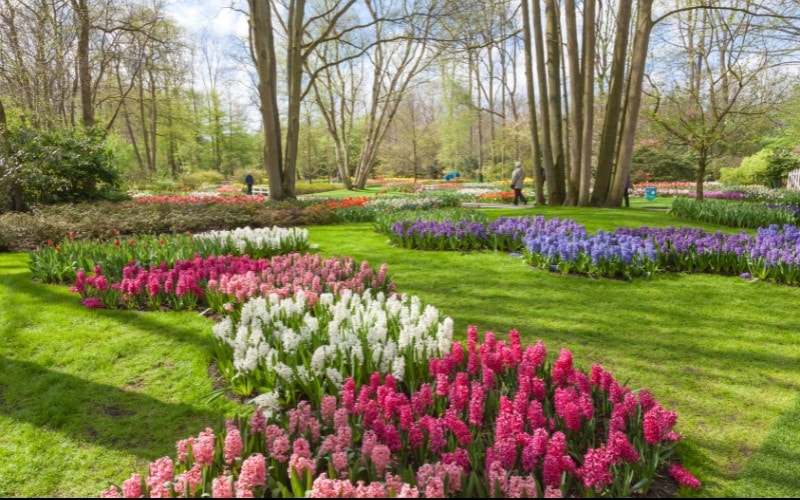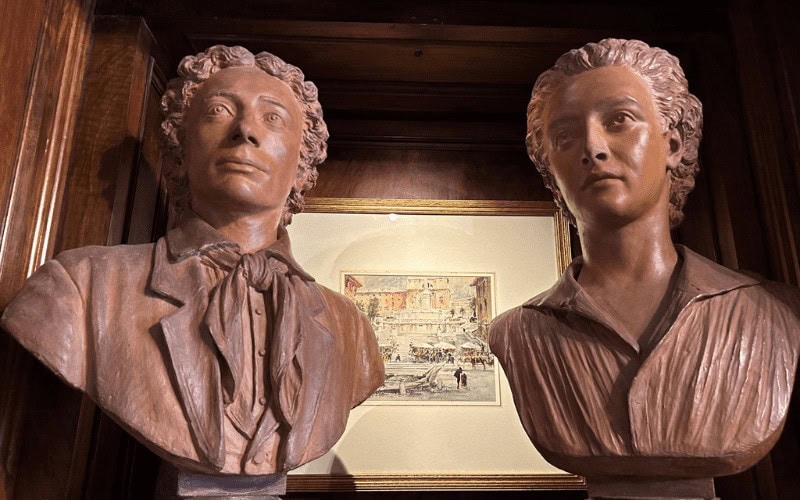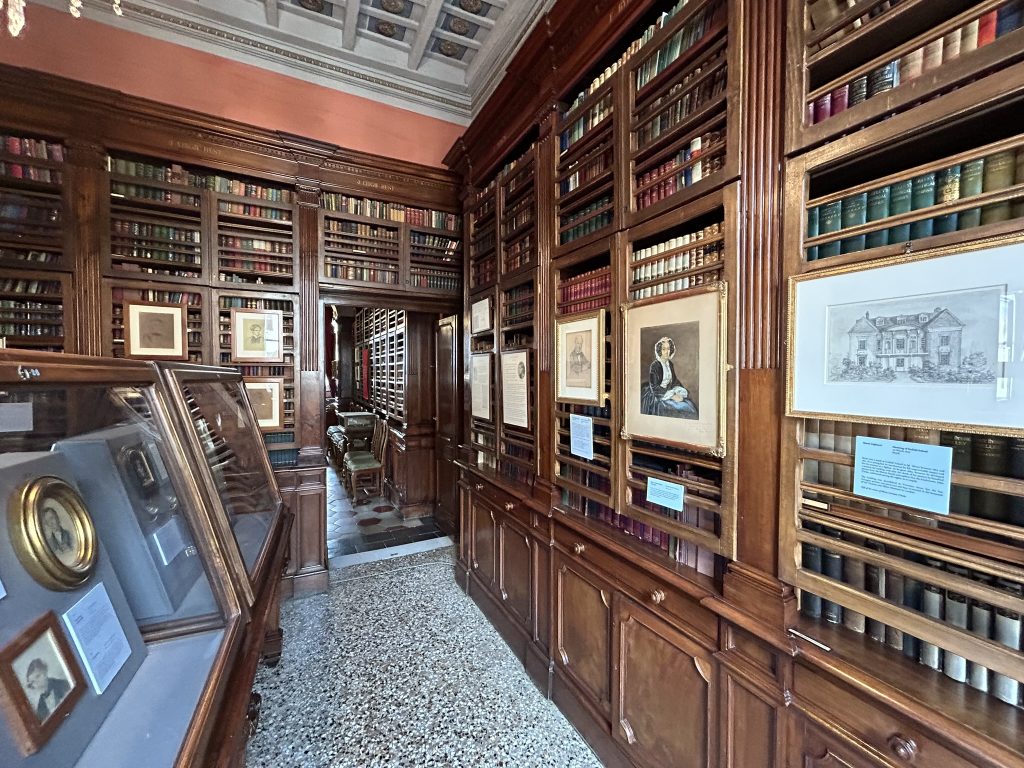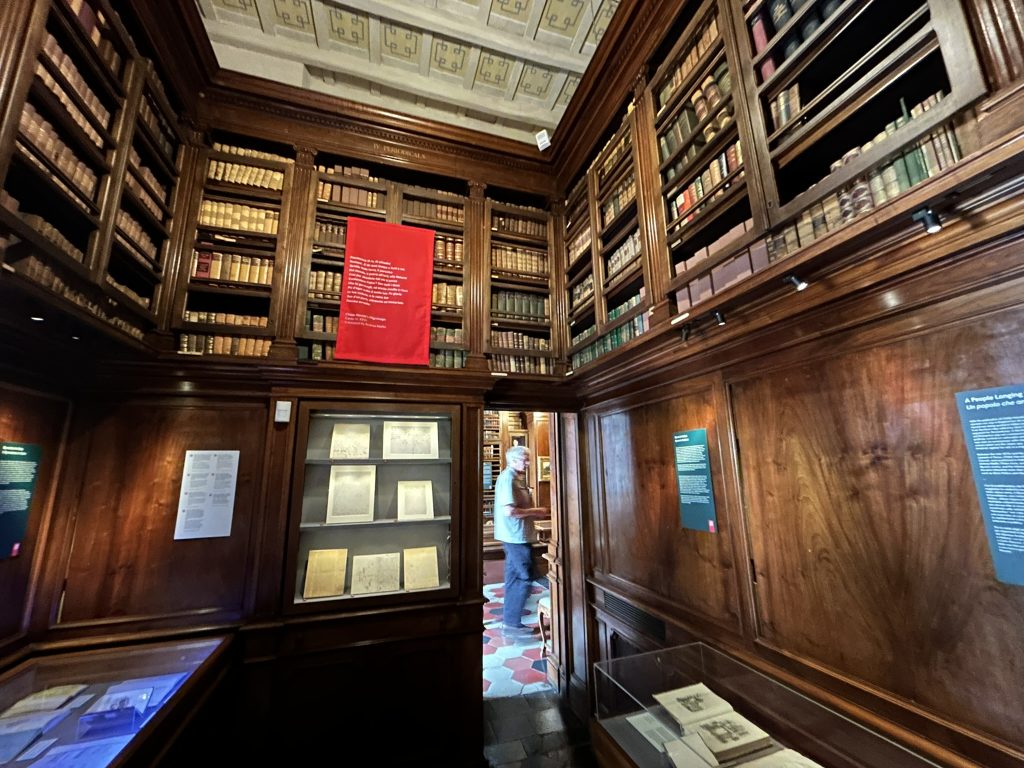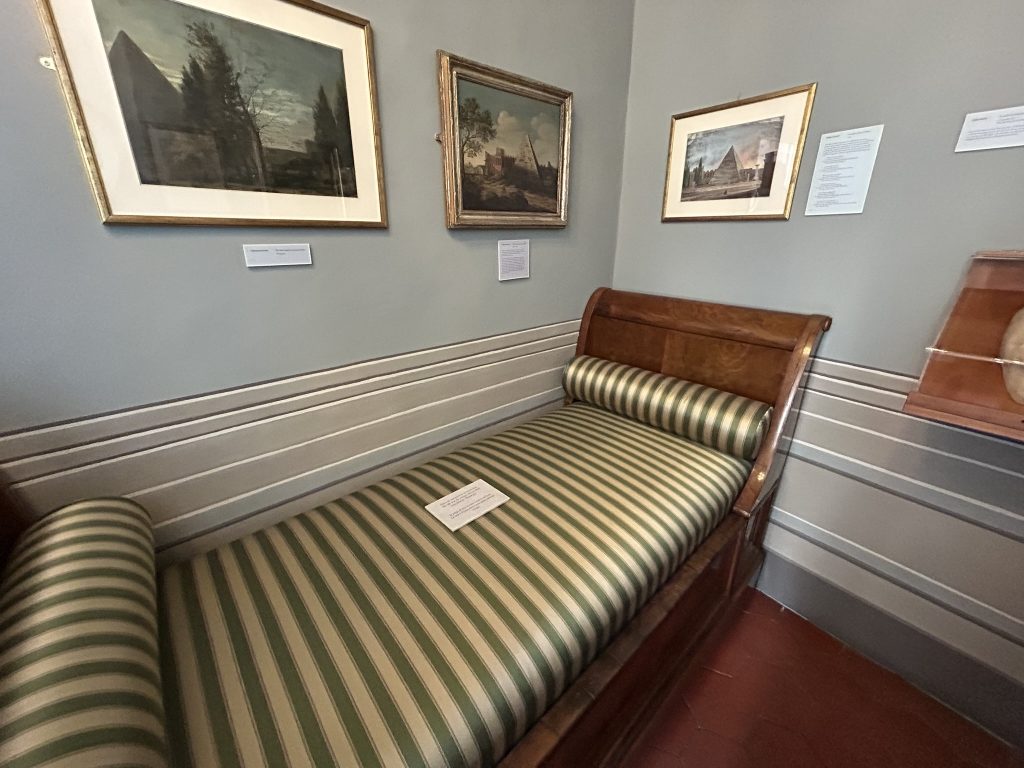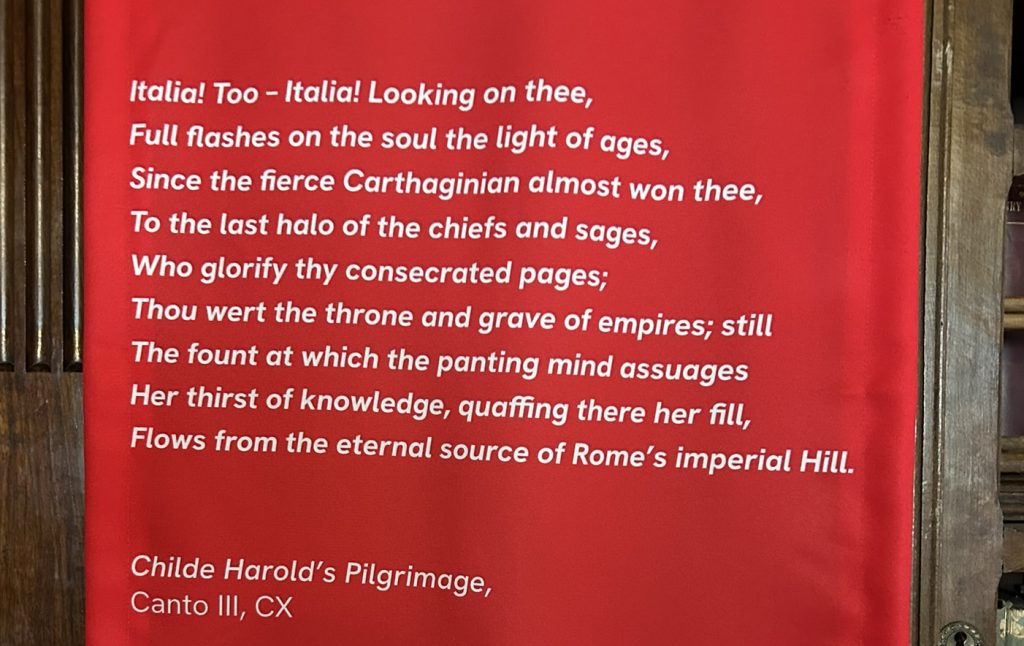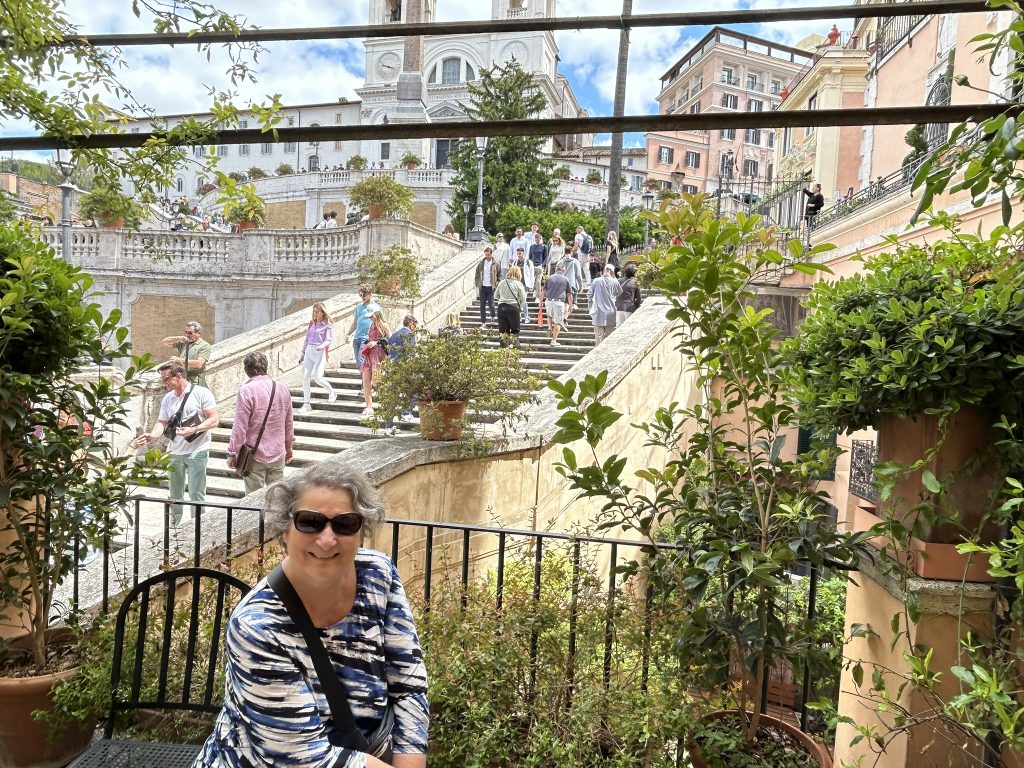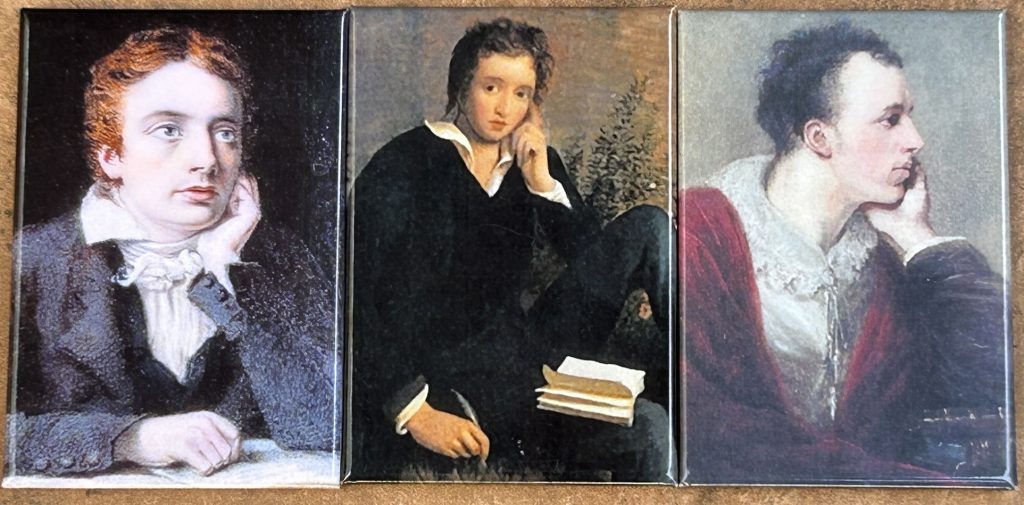Experiential Travel: How to Connect With Local Artists
Connecting with local artists when you travel provides exciting new perspectives on a destination, sparks fascinating conversations, and gives you an opportunity to support local small businesses.
It’s a win-win for sure!
In this post, I delve deep into ways in which you can meaningfully connect with local artists when you travel. This process is often called “experiential travel”.

What is Experiential Travel?
The term “experiential travel” is also sometimes referred to as “immersion travel”. Experiential travel helps people connect directly with the culture and people of the places they visit. Instead of merely ticking off sites, the experiential traveler seeks out meaningful ways to connect with locals by engaging in authentic cultural experiences.
And what better way to connect with locals than to seek out artists?
Read on for my suggestions for how to connect with local artists and, by so doing, immeasurably enrich your travel experience.
Connect Directly with Local Artists
If you’re an art lover, why not set aside some time during your trip to connect directly with one or two artists? Perhaps you already know and admire the work of an artist who lives in an area you’re traveling to. Reach out and connect! Chances are, you’ll get a positive response, and what do you have to lose?
If you don’t already know a local artist, do a Google search to find artists who create the kind of art you like and who may be open to meeting with you and telling you about their work. Not all artists will be interested, but some will!
Connecting with Artists Through Social Media
Another source to find artists is travel and art groups on social media. My husband, Gregg Simpson, who is a painter, has made many connections with local artists through Facebook. Often during our travels, we visit artists and enjoy the opportunity to “talk art”.
If possible, connect with artists with whom you share an interest either in the style of artwork they do or in some other aspect of their background, such as places they’ve traveled, acquaintances or friends you have in common, or organizations you’re both connected with. For example, you may find an artist who has exhibited their work in your home town or is a member of an organization to which you also belong.
Here’s Gregg with Rik Lina, a Dutch artist who lives in Amsterdam and who has become Gregg’s collaborator and friend.
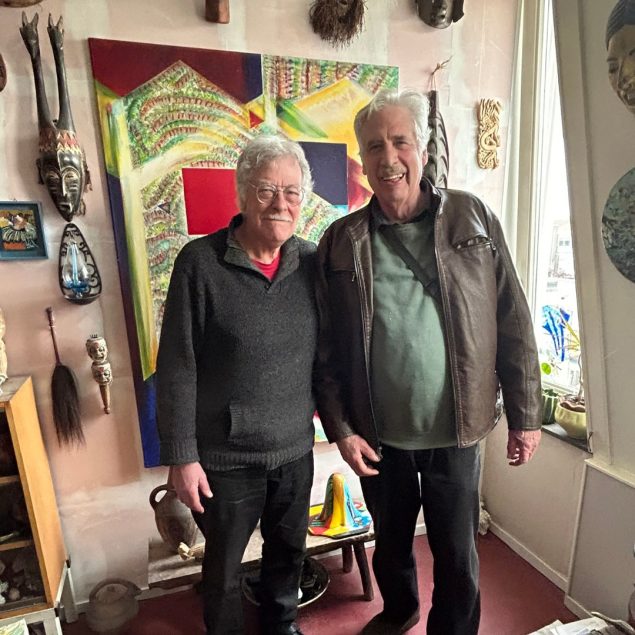
Visiting an Artist
Once an artist has agreed to meet with you and talk about their work, keep your visit quite short. Artists want to be creating art, and while many enjoy talking about their work, they also usually want to get back to work. There also may be the expectation that you’re interested in purchasing a piece of artwork, so keep that in mind.
Purchasing Artwork from a Local Artist
To be honest, this is a bit tricky, which I know from experience, being married to an artist! While many artists love talking about their work, they also need to make a living just like the rest of us. If possible, purchase something during your visit to an artist’s studio–whether on a solo visit or with a group. If a piece of their original art is out of your budget, buy a greeting card or a print as a thank-you for their time. Also, leave your email so you can join their mailing list.
Showing respect for the artist and their time is the right thing to do.
My Meeting with Silvia Salvadori in Arezzo, Italy
One of the most meaningful connections I had with a local artist was when I visited Silvia Salvadori in the charming Tuscan town of Arezzo. Silvia runs the Bottega d’Arte Toscana where she works and sells her art. Located on a tiny side street steps from the Piazza Grande in Arezzo, her studio is a must-visit for the artsy traveler.

Silvia creates stunning works inspired by medieval art and using medieval techniques. Her mission is to preserve these typically Tuscan techniques from the Middle Ages and pass them on to future generations. Read more about my visit with Silvia, and check out the small painting I purchased from her.
Attend Art Openings to Connect with Local Artists
Art openings are always free to whoever is walking by and wants to drop in. Don’t be shy! If you’re wandering around an area and spy an art opening, go check it out. Not only will you likely get a free glass of wine, but you’ll also be able to chat with the artist and connect with other locals. You’ll get to admire the artwork and maybe even find the perfect piece to take home.
The vast majority of people attending an art opening will be locals rather than tourists. Over the years, Gregg and I have met so many interesting people at art openings.
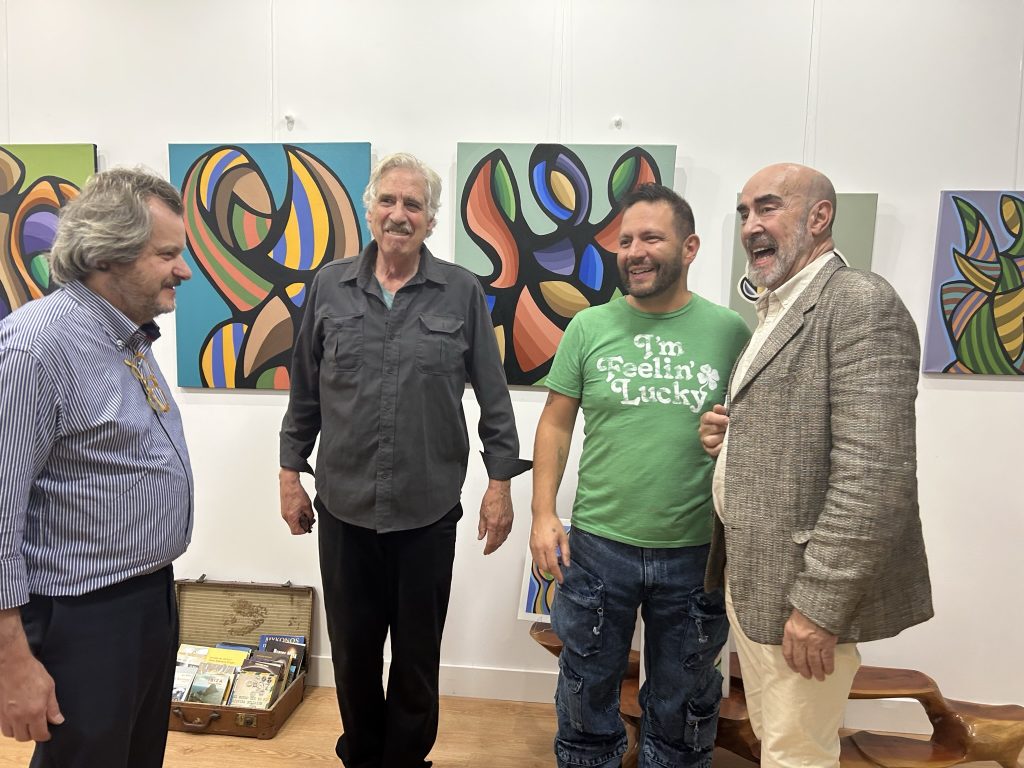
I fondly remember the time the Gregg and I were walking past a gallery in Ravenna that was hosting an art opening. We paused to peer through the window, and moments later, the artist himself bounded out to the sidewalk and invited us in.
Despite our knowing very little Italian, we managed to have several interesting conversations both with the artist and the other attendees. Everyone was so friendly to the Canadese, thanks to our shared interest in art.
A Note About Language
Don’t let the language barrier stop you from dropping into an art opening. Chances are a few people will speak English, and for those who don’t, use a handy translator device or the Google Translate app on your phone.
Go to Multiple Art Openings on “Opening” Nights
In some cities, several galleries in a neighborhood will open late one night a week (often a Thursday or Friday) so that art lovers can hop from opening to opening for a major art fix. Check local listings to find out when galleries open late and when vernissages (French for “openings”) are being held.
Fun Fact: The term vernissage means varnishing and refers to the practice of varnishing a painting just before exhibiting it. Openings are still called vernissages in Paris and many other places in Europe.
Take a Workshop or Class to Connect with Local Artists
Feel like brushing up on your glass-making skills or throwing a pot or two or maybe doing some flower painting? Whatever your interests, you’ll likely find a workshop or class that intrigues you in some of the destinations you’re visiting.
While most of your fellow participants will likely be visitors like you, the teacher will be a local. In addition to teaching you a new skill, they’ll probably tell you about the local art scene, give recommendations about local museums and galleries to visit, and share lots of other information not found in the guidebooks.
If time is limited, choose a half-day or full-day class.
Read my interview with Tanvi Pathare about the flower painting classes she taught at the stunning Villa Lena in Tuscany.
Finding Workshops and Classes
To find local workshops and classes, check with the local arts councils or tourism offices, or do an online search. Some tour companies such as GetYourGuide and Tiqets.com may also offer art workshops. Here are a few options.
Attend an Artist Residency
You can also sign up for a multi-day course and really immerse yourself in being creative. Or, if you’re an artist already, apply for an artist residency.
Imagine spending a week or two or even longer in a beautiful location with like-minded people all engaged in creative work! To me, it sounds like heaven, which is why I’m always on the lookout for artist residencies that both Gregg and I can enjoy—he to paint and me to write.
You’ll find several artist residencies in Europe, some in beautiful castles and châteaux. Some allow anyone to apply; others have a competitive application process and offer funding support for successful applicants. Here are links to a few options in Europe:
- Château d’Orquevaux in Orquevaux, France, provides several options for artists and writers in residence. Orquevaux is located in the Haute-Marne department in the Grand Est region in Northeastern France.
- The Bellagio Center Residency Program in Bellagio, Italy, brings together academics, artists, and practitioners from around the world and provides them with a space to unlock their creativity and advance groundbreaking work.
- The Künstlerhaus Bethanien in Berlin, Germany, offers an international studio program for emerging artists from around the world.
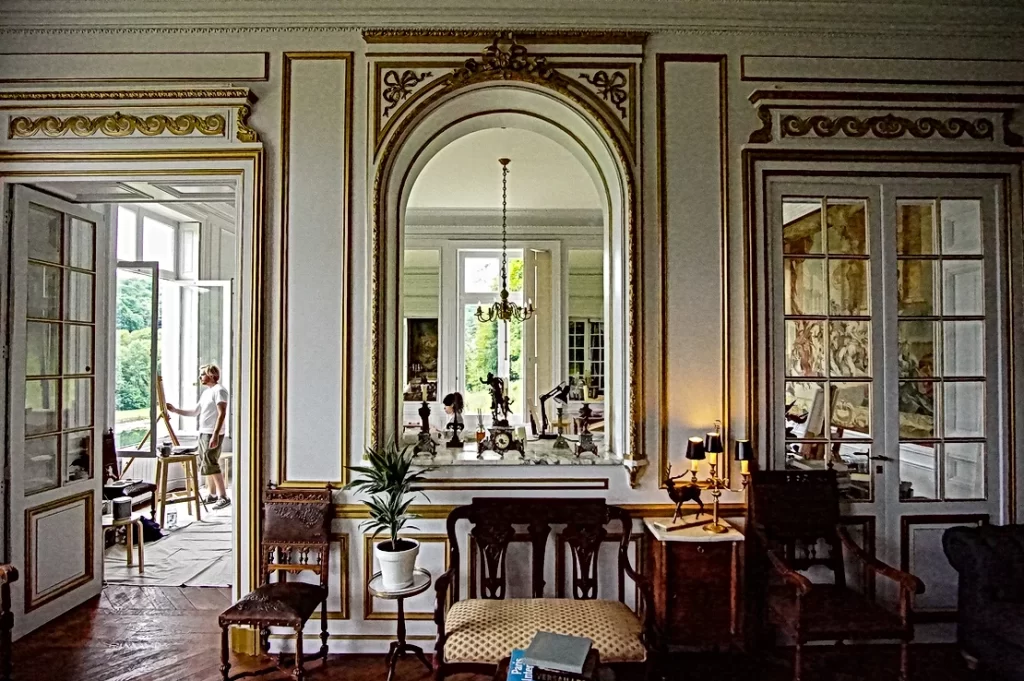
My Experience at an Artist Residency
A few years ago, Gregg and I spent two months at Rouges en Vert, an artist residency in the little town of Soligny La Trappe deep in the Normandy countryside. The place was still under construction and a bit rough, and we were the only occupants, but we had a productive time! And at the end of the residency, the newly completed art gallery attached to the studios hosted an exhibition of the work Gregg had completed.
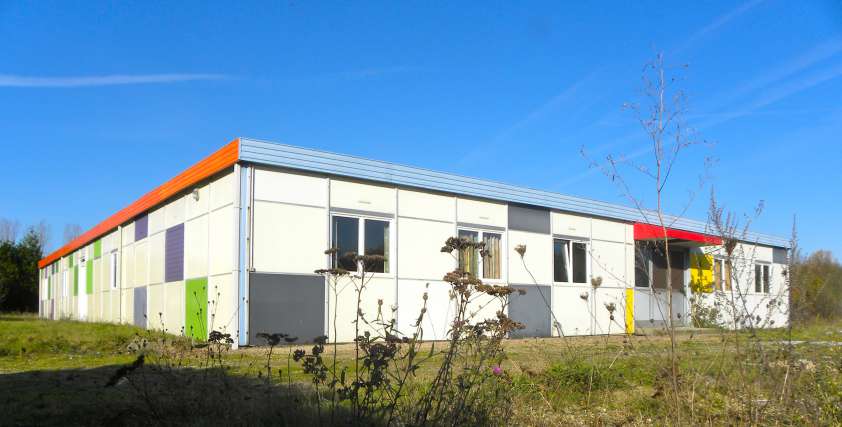
The very reasonable cost of the residency included accommodation and the use of a studio for Gregg and an office for me.
If you’re looking for an in-depth artist experience, I highly recommend finding an artist residency in the area you want to visit. It’s experiential travel at its most intense!
Check Out Studio Tours
Many tourist offices in areas where the arts are celebrated maintain lists of artist studios you can visit. Sometimes, you’ll be lucky to arrive in a place at a time when a tour of several studios has been organized.
Where I live on Bowen Island near Vancouver in British Columbia, Canada, the annual Bowen Art Tour takes place in May (May 24-25, 2025). People come from all over the region to visit artists in their studios. We are not the only small community to organize studio tours. With the rise of interest in experiential travel, more and more visitors are interested in organized studio art tours which easily connect them with local artists –and local communities are responding.
Check the tourism websites in the areas you’re visiting to find out the dates of organized studio tours, exhibitions and other special art events. A quick search for “art studios in [location]” is likely to yield useful results.
And be on the lookout for special art events. We’ve frequently come across exhibitions set up in parks and other public areas and involving several artists. Strolling from booth to booth to connect with local artists is a very artsy traveler way to spend an afternoon!
Book a Multi-day Art Tour
An easy way to connect with local artists is to take an art tour led by professional artists and art historians. Depending on your interests, you can find programs suitable for both practicing artists and art lovers.
A good bet is taking a tour offered by Walk the Arts. They offer a range of tours that are suitable for “artists at all levels, art lovers, lifelong learners, and independent travelers seeking unique cultural experiences”. Their mission is to promote the arts and culture through art courses that emphasize content, creativity, and experiential learning.
Sign Up for an Art Walking Tour
A great source for walking tours hosted by locals is Airbnb Experiences. Some of the tours are arts-related, such as this tour by an artist in Hoxton, London, who takes visitors on a walk along art-lined streets to visit local galleries, independent shops, and other hidden gems.
Also check out GuruWalk. Quite a few of their tours are related to art, such as the Afternoon tour of old Parisian galleries in central Paris that is led by a “proactive pensioner” involved in many cultural and social projects in Paris.
You can even find tours that will take you to exhibition openings. When Gregg had an exhibition in Venice a few years ago, a guide showed up with a small group to see the show. It was great to chat with them and see their reaction to the exhibition.
Conclusion
Experiential travel with a focus on the arts has so many benefits. You get to step well off the beaten track to meet local artists and learn about their work. Depending on the experience you choose, you may even get your hands dirty creating your own artwork.
There are lots of possibilities for arts-inspired experiential travel.
When you’re planning your next trip, find opportunities to enrich your experience by connecting with local artists:
- Check out the art opening you come across on your way to dinner
- Learn new skills in an art workshop
- Sign up for a walking tour of local galleries
- Make a detour to check out a local art event
- Get a list of artist studios from the local tourism office and make a day of touring them.
Have you connected with local artists during your travels? Share your stories and recommendations in the Comments below.
Here are links to posts about some of my favorite small art museums in Europe:
